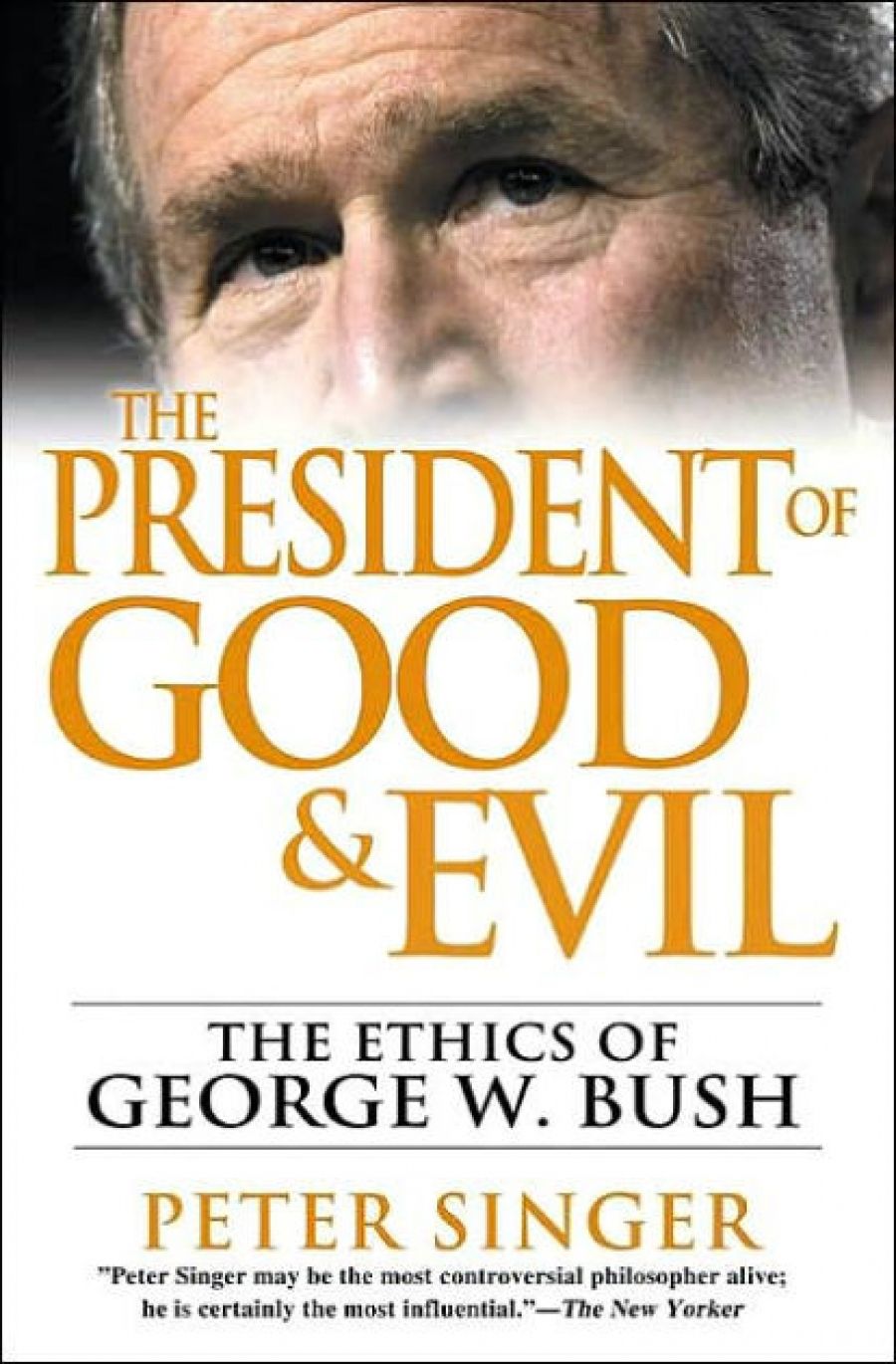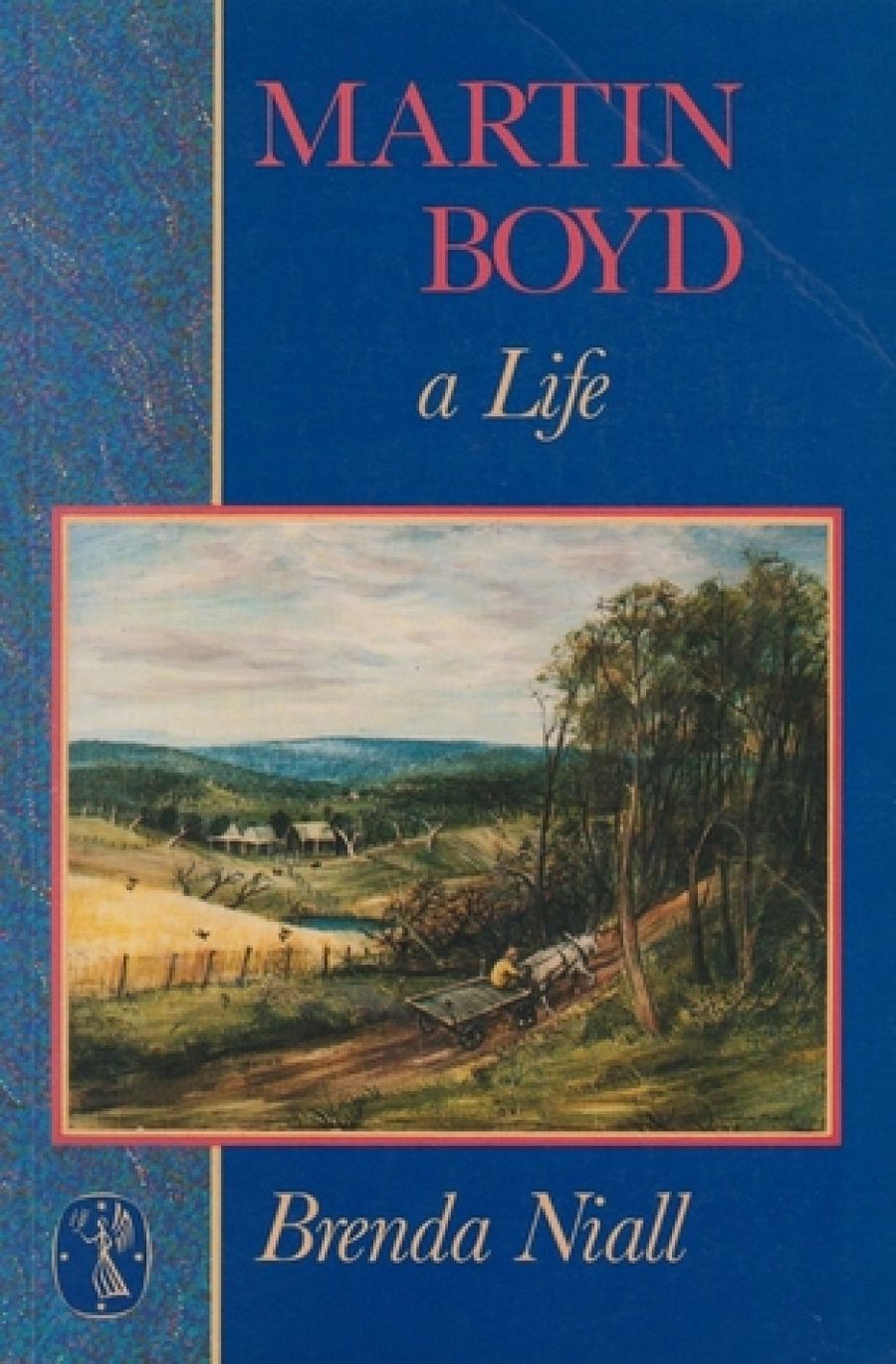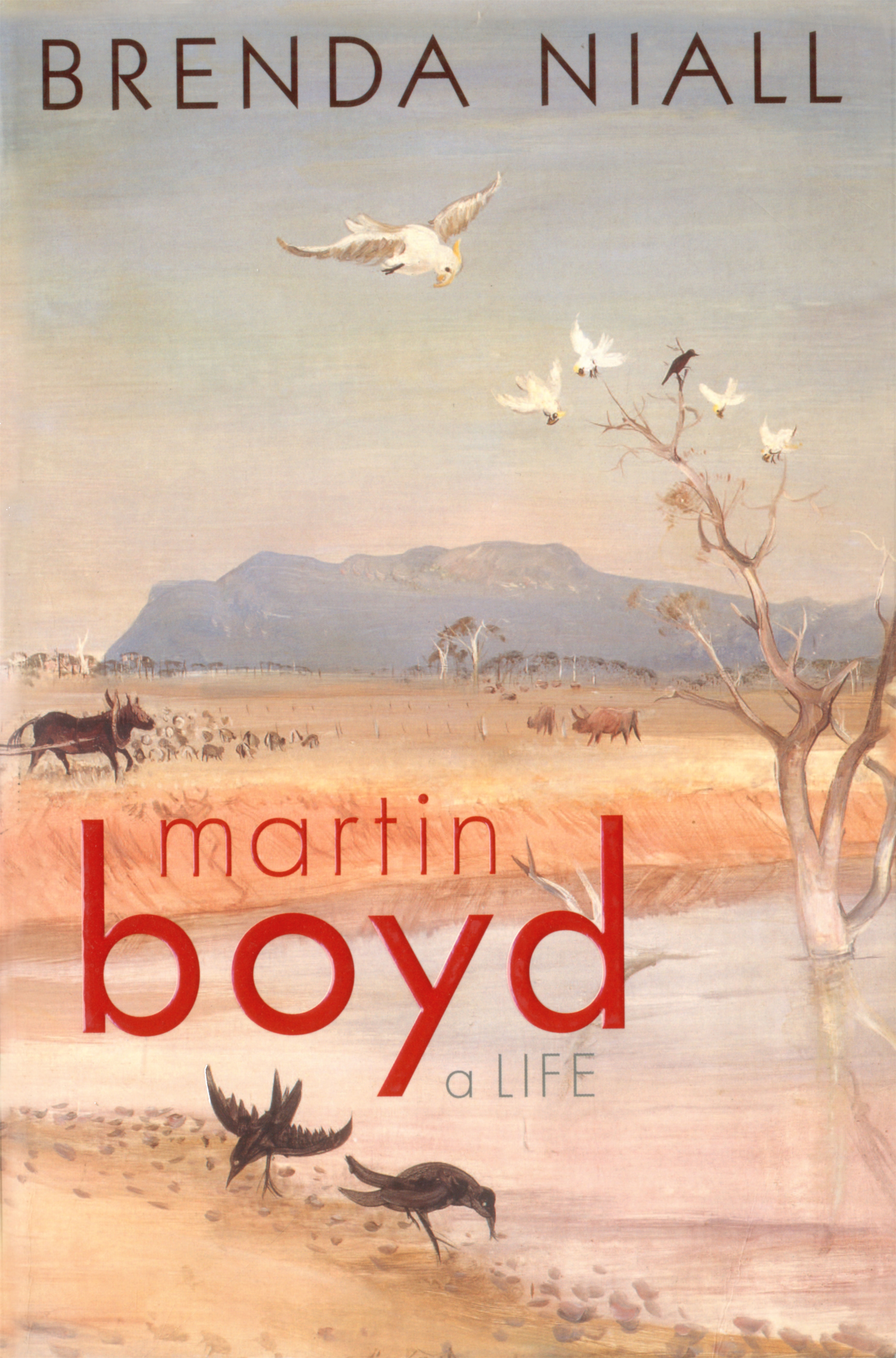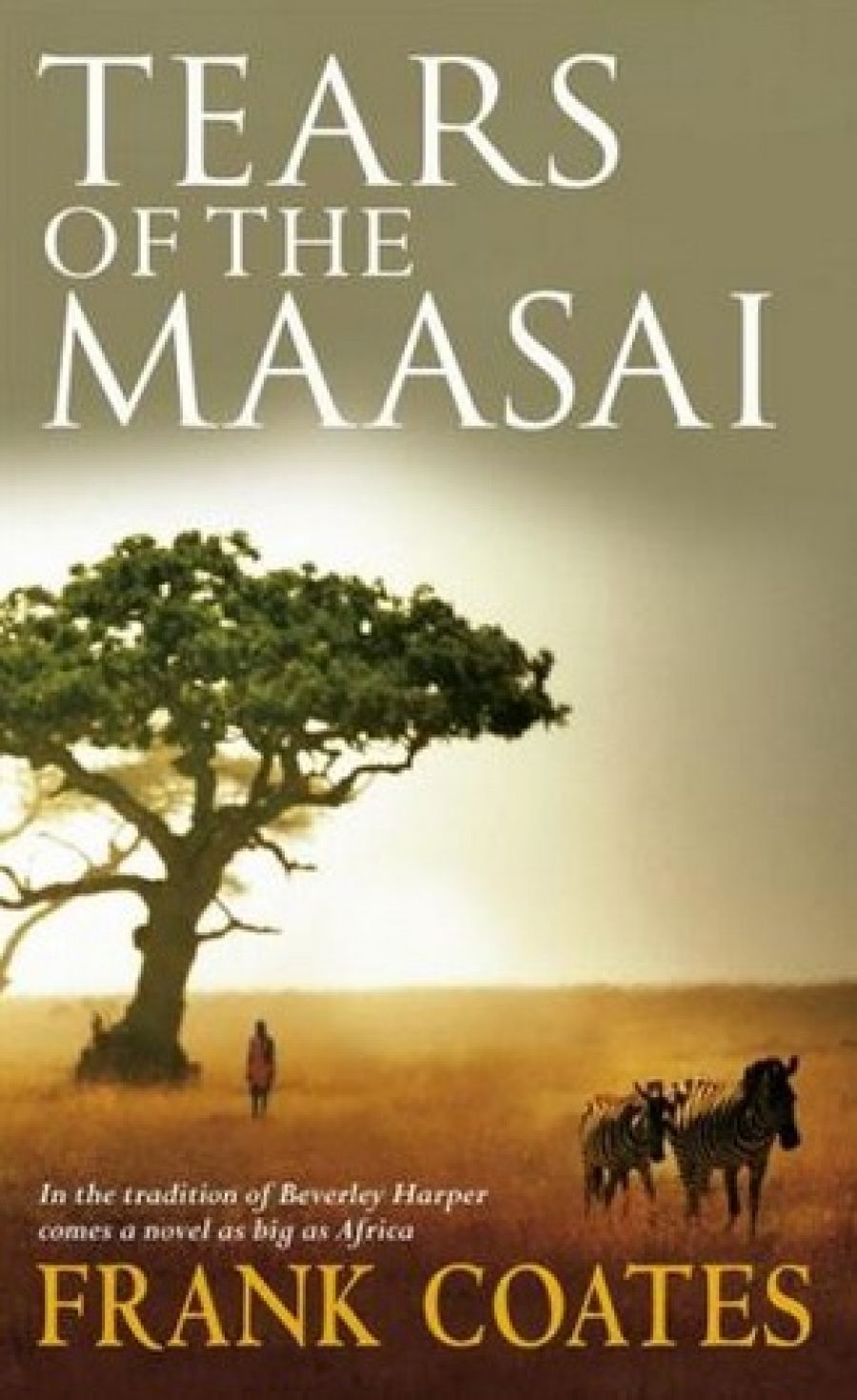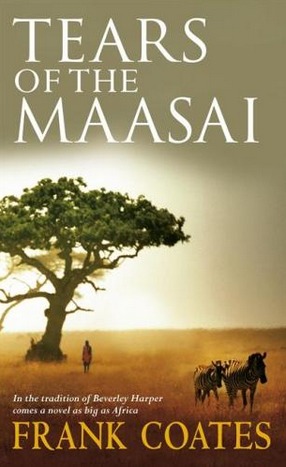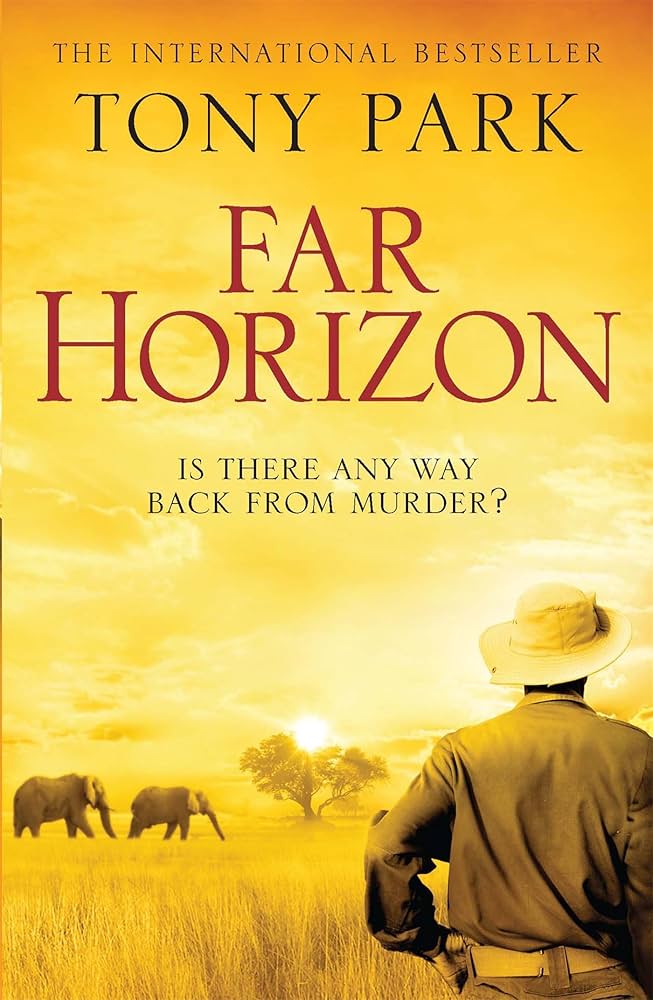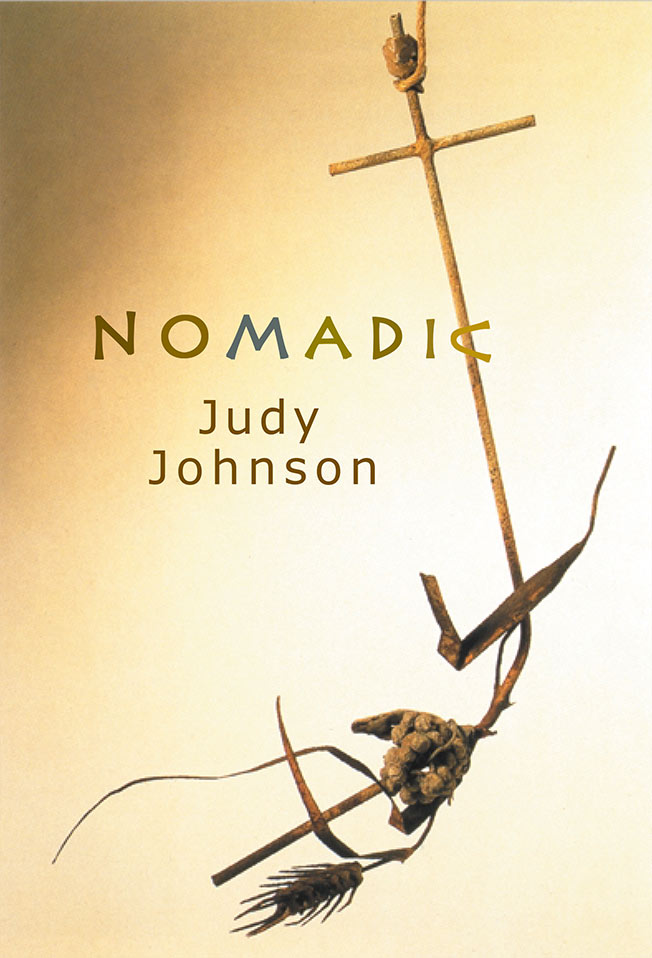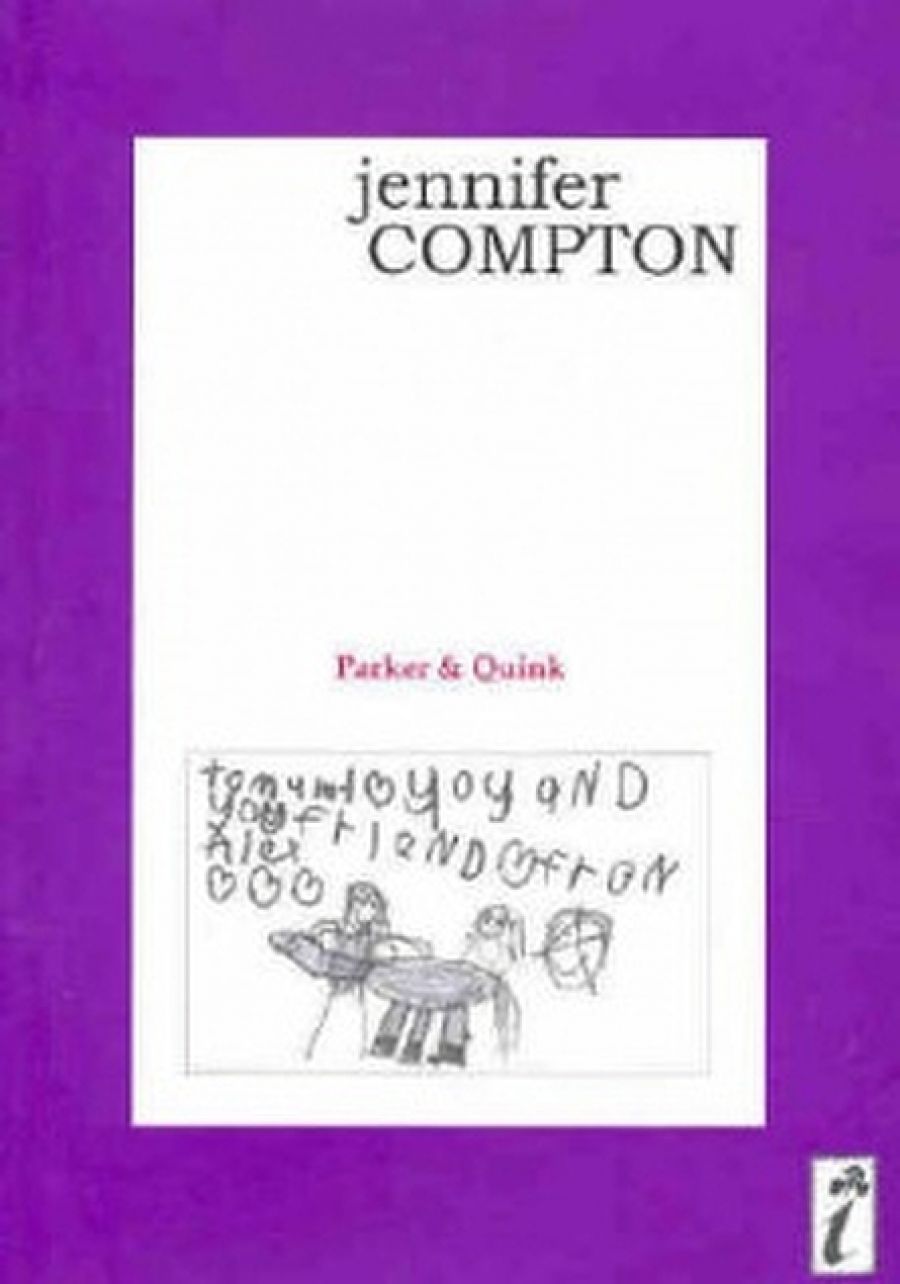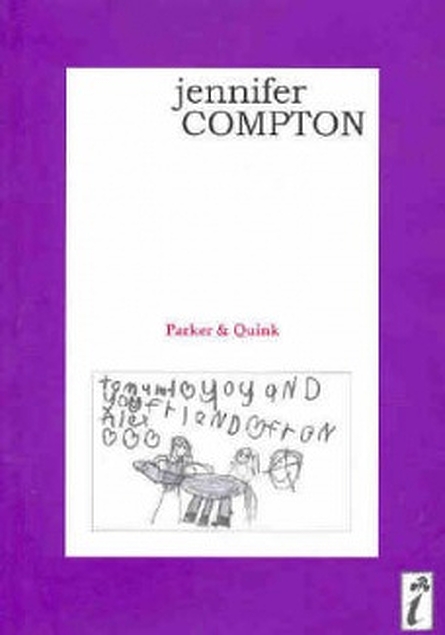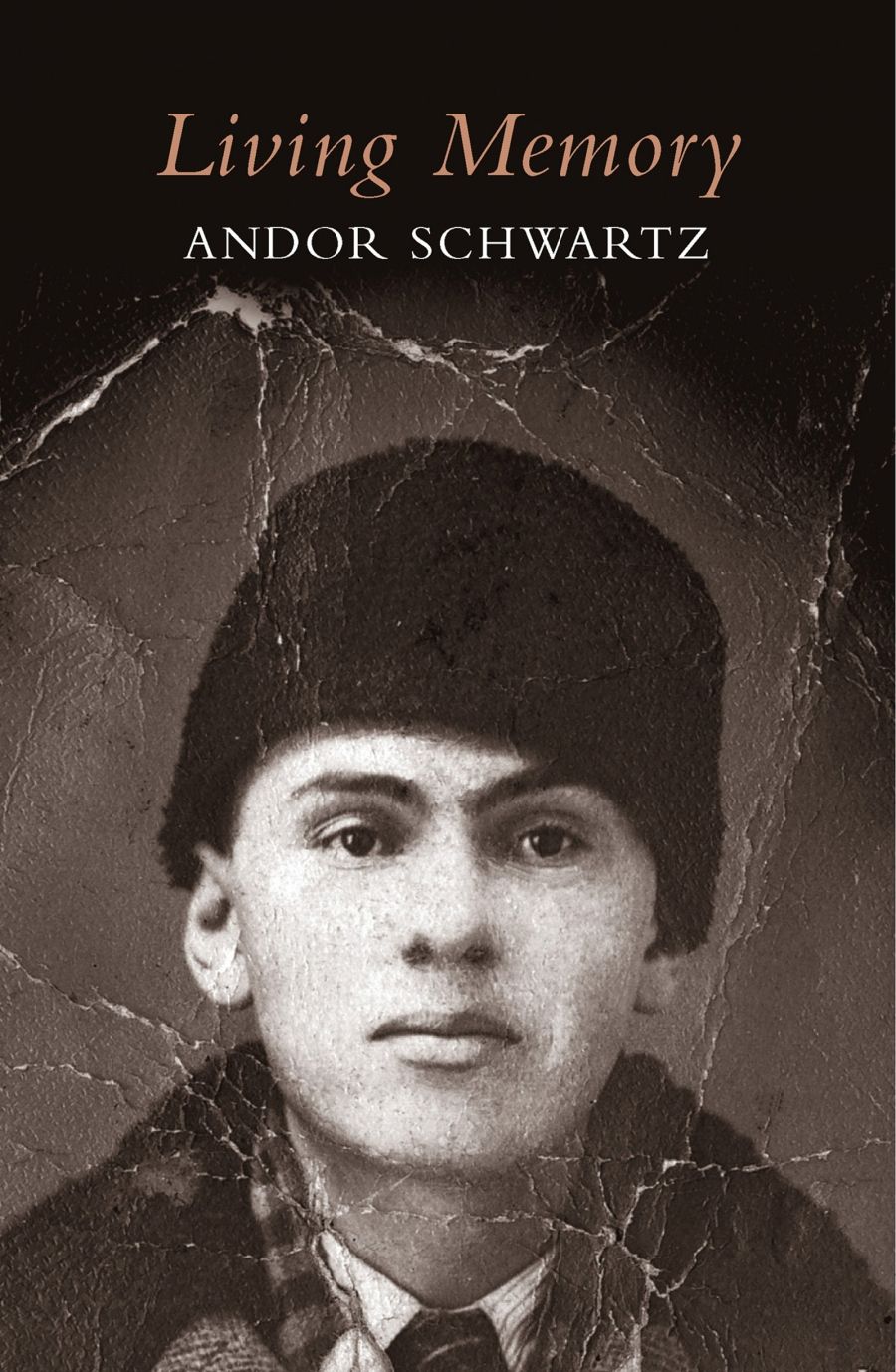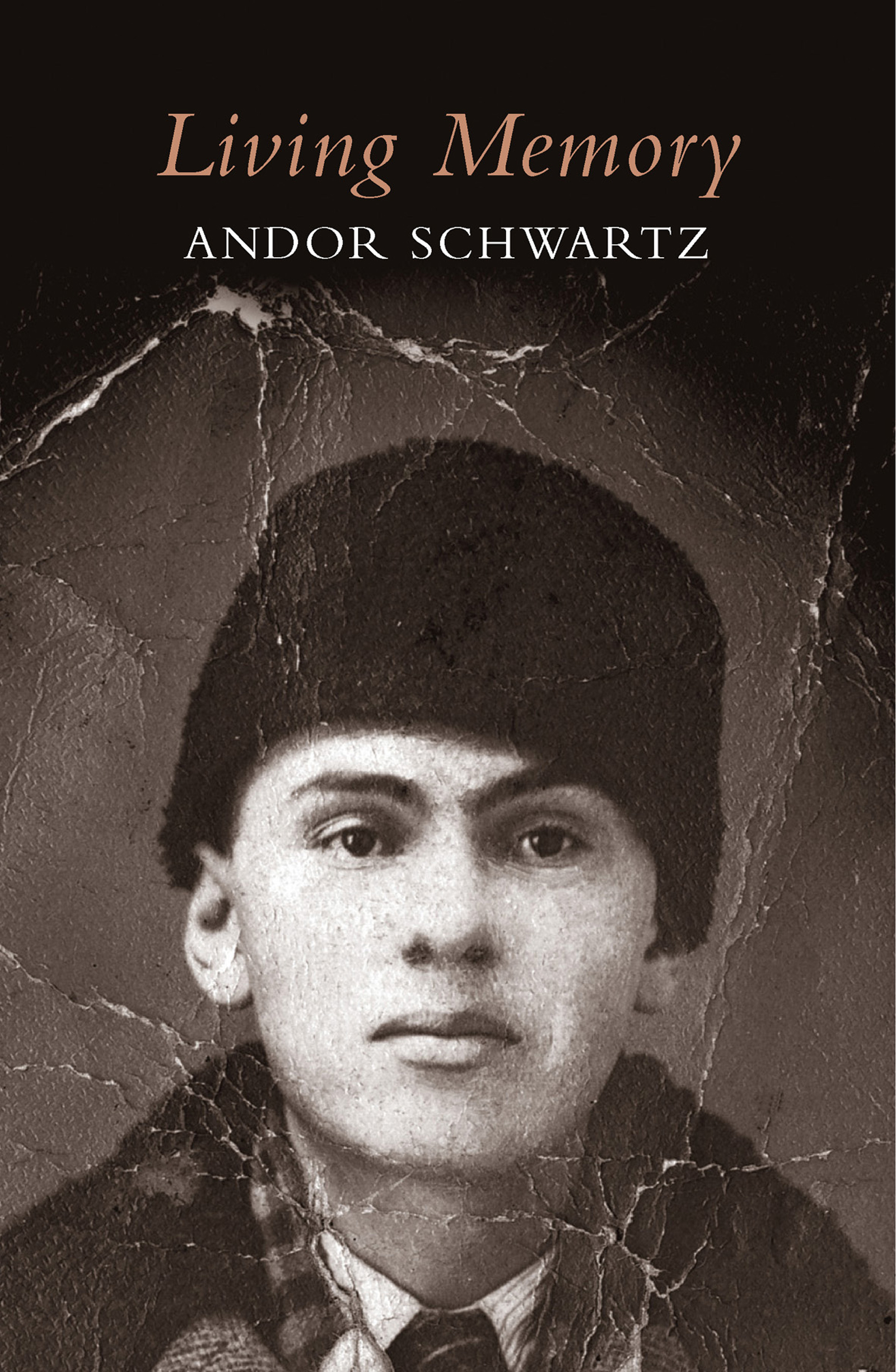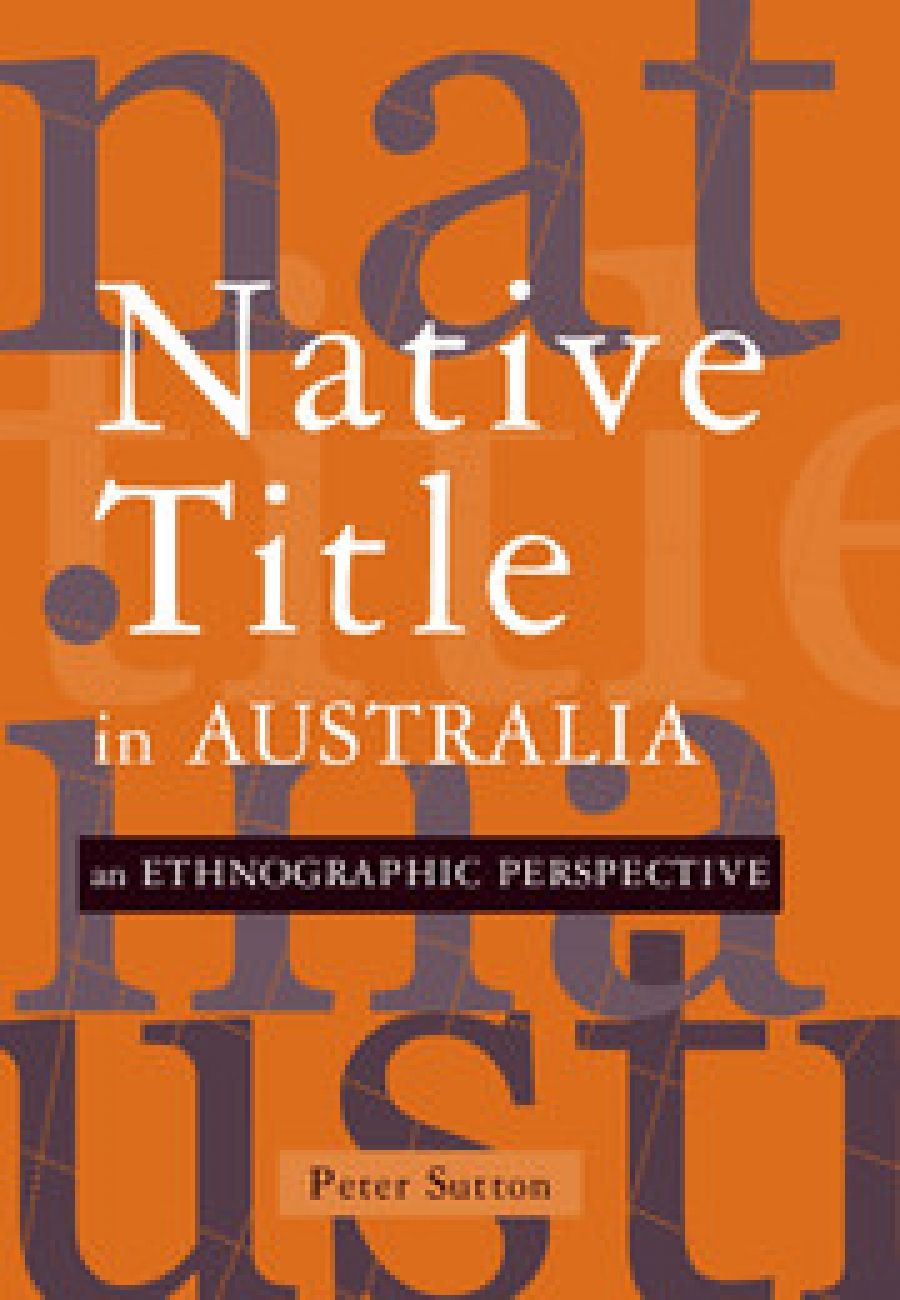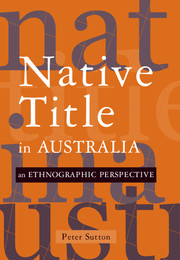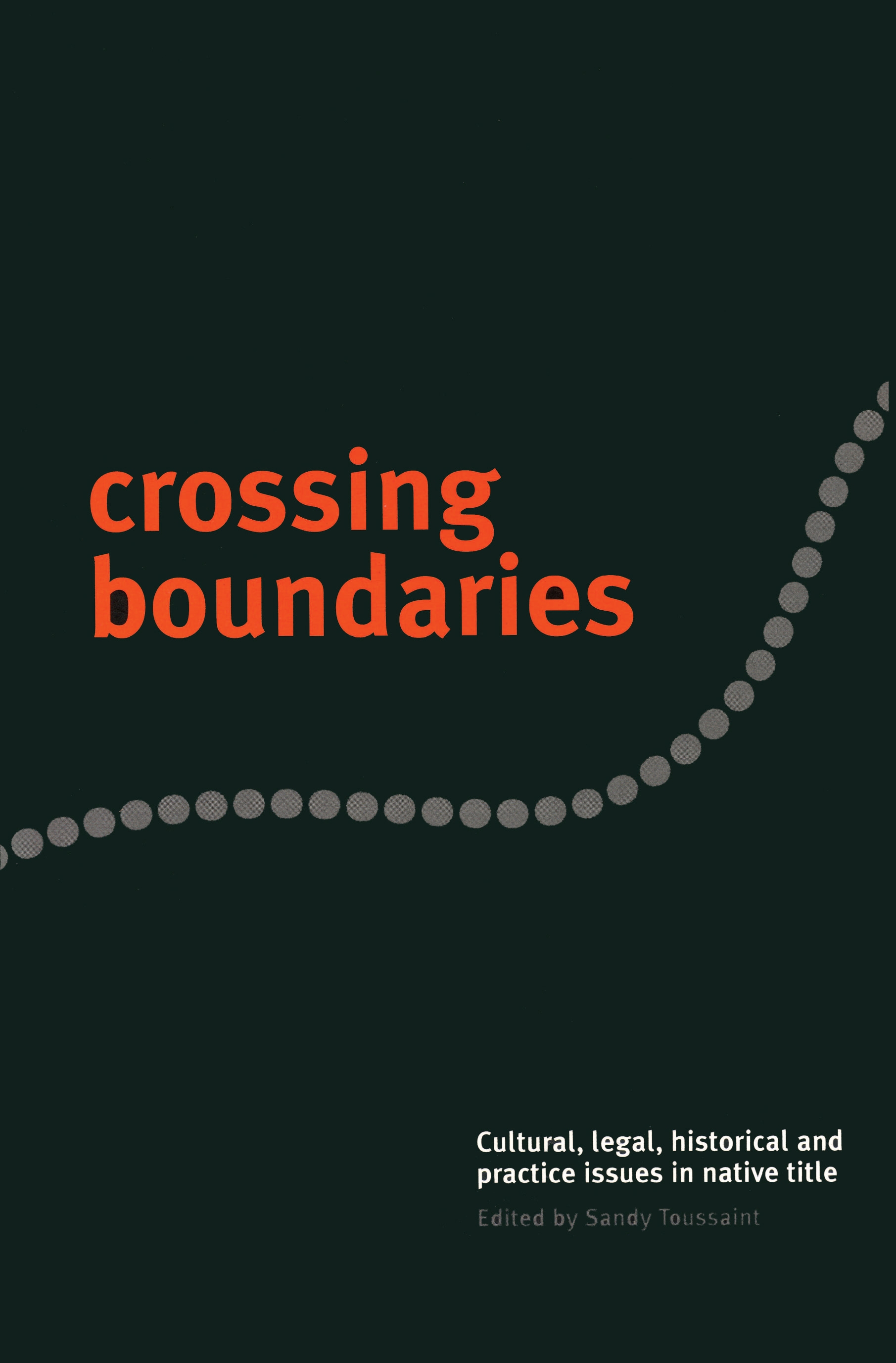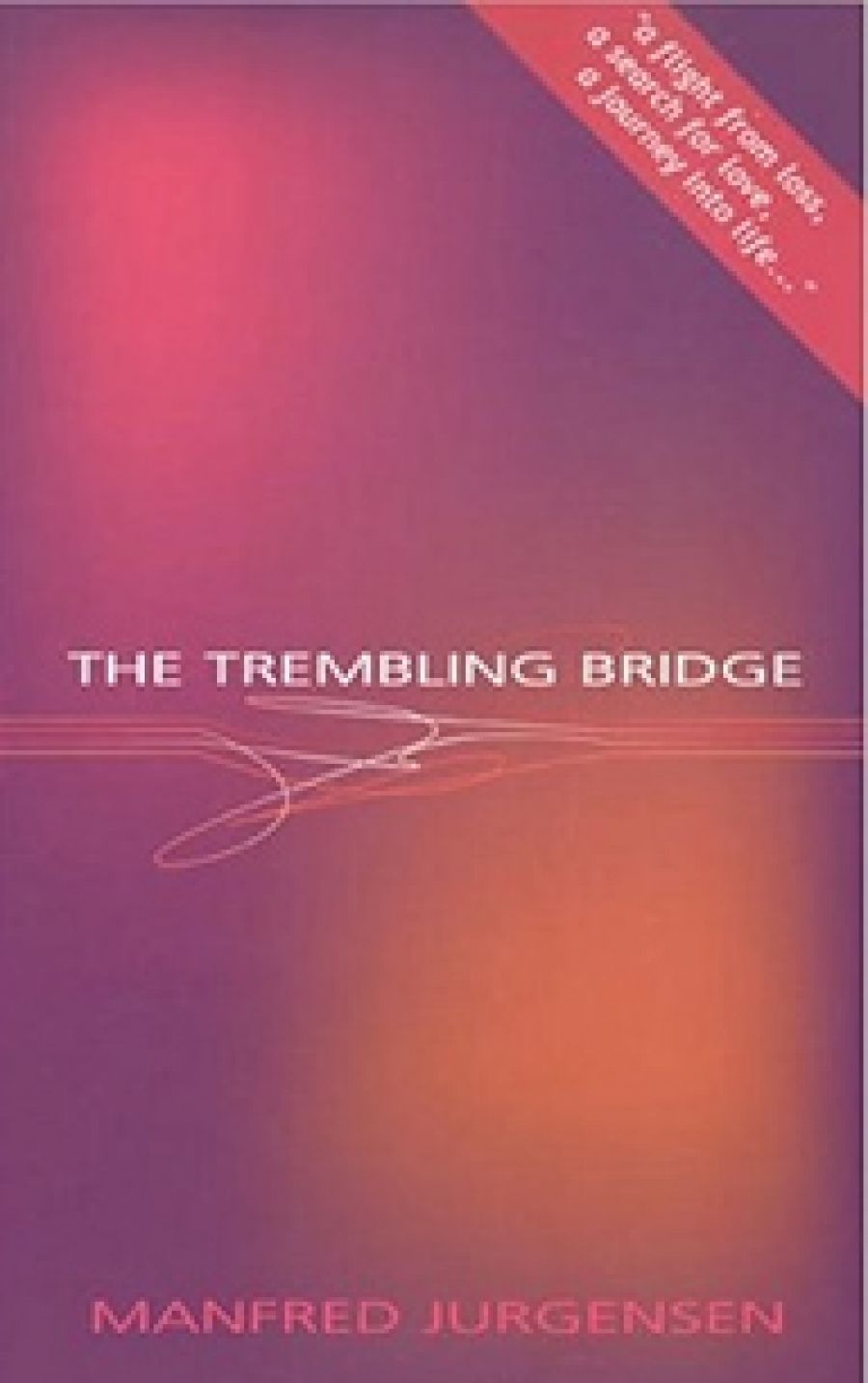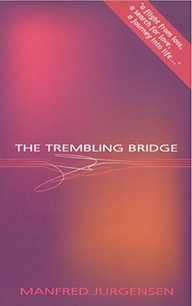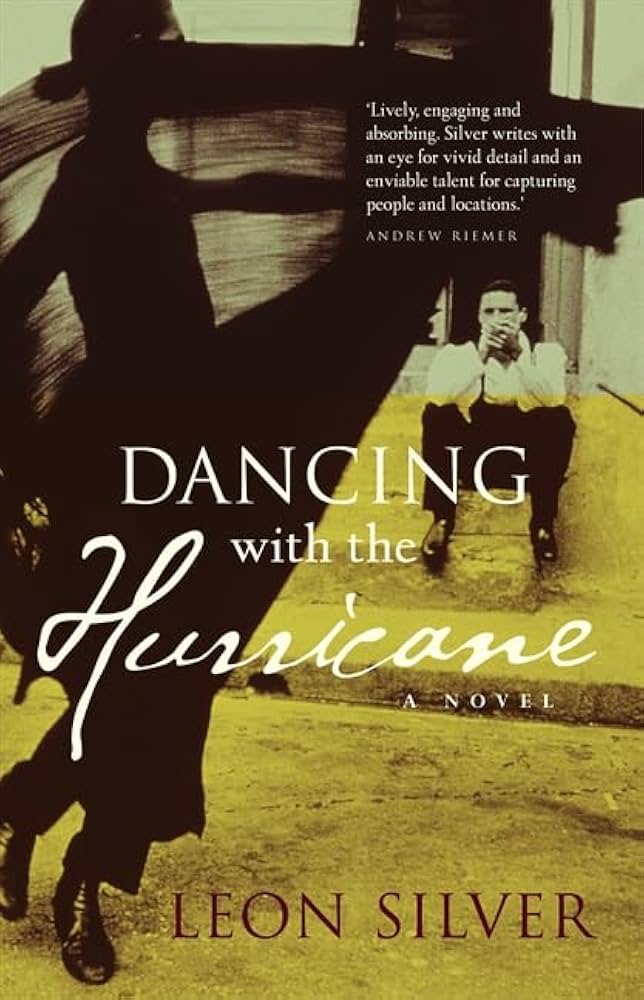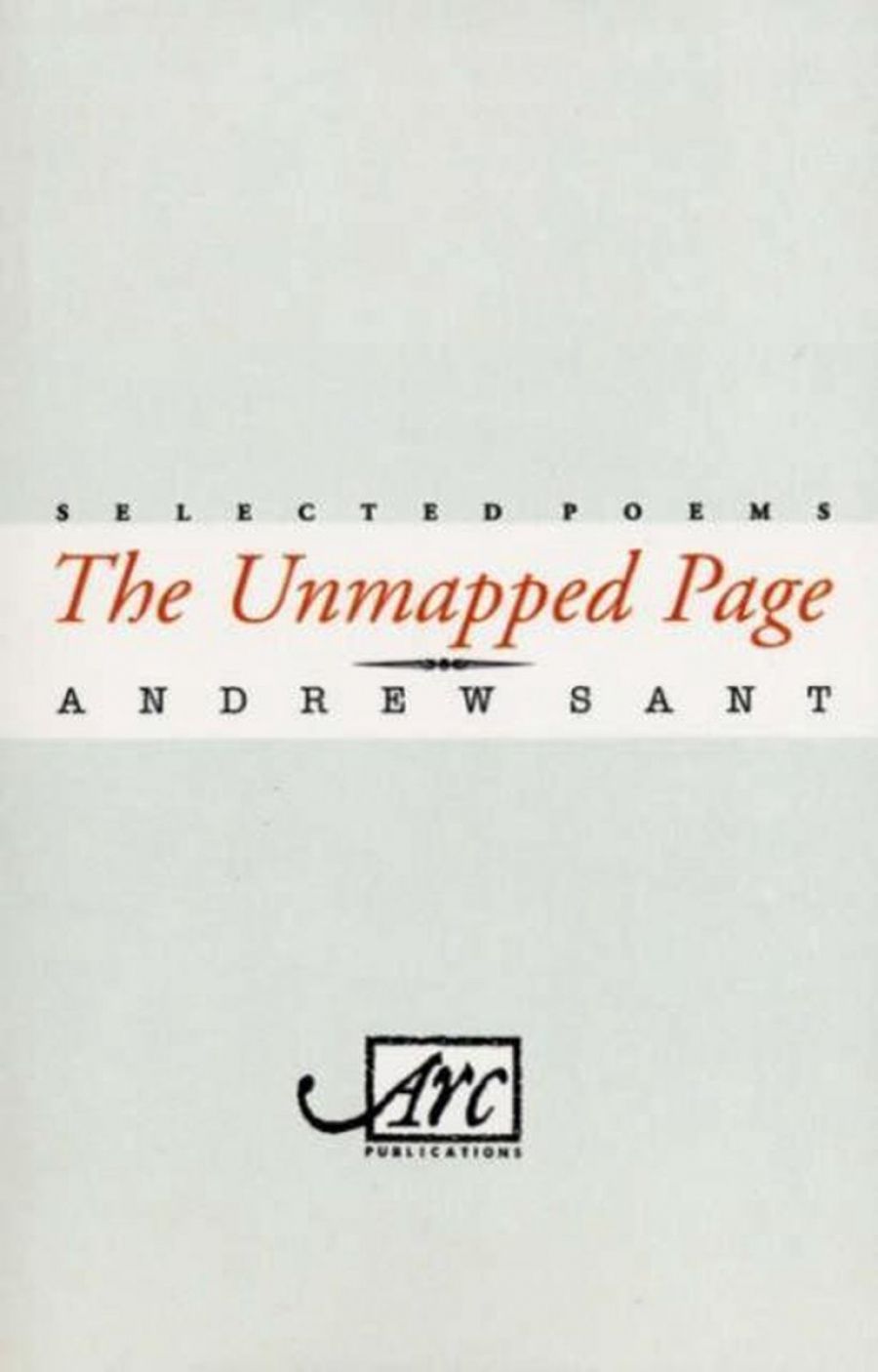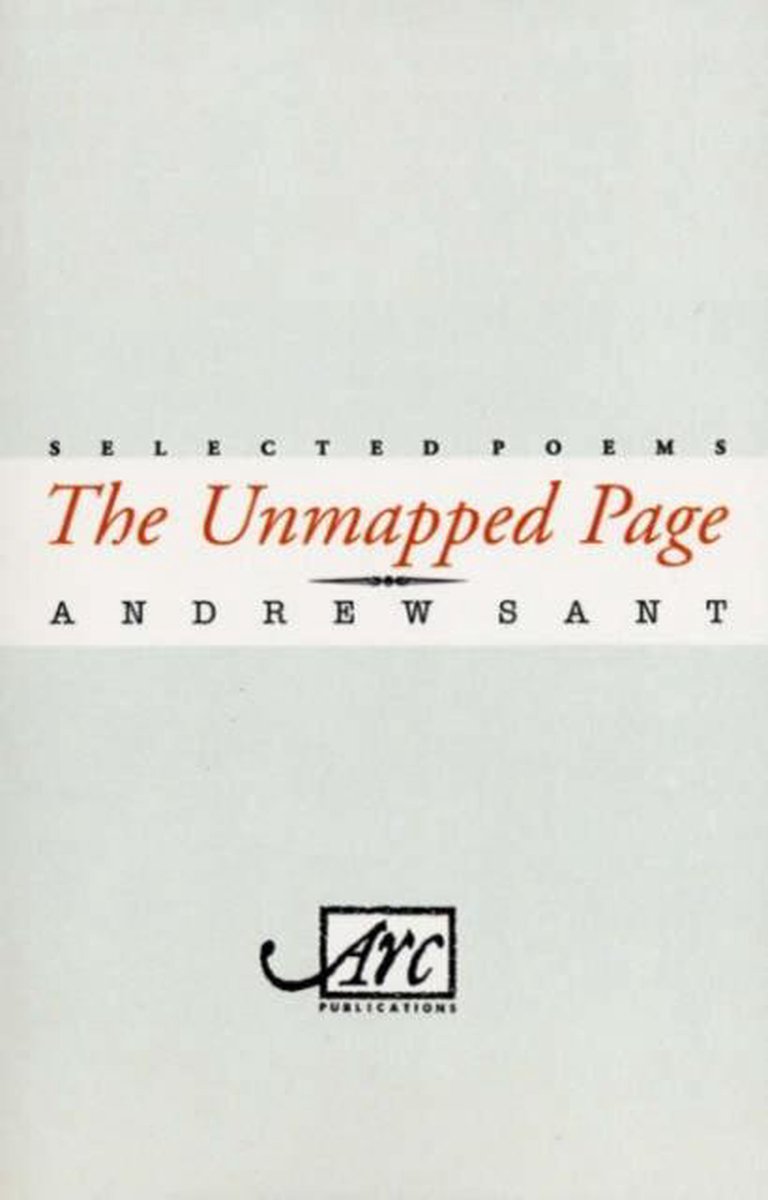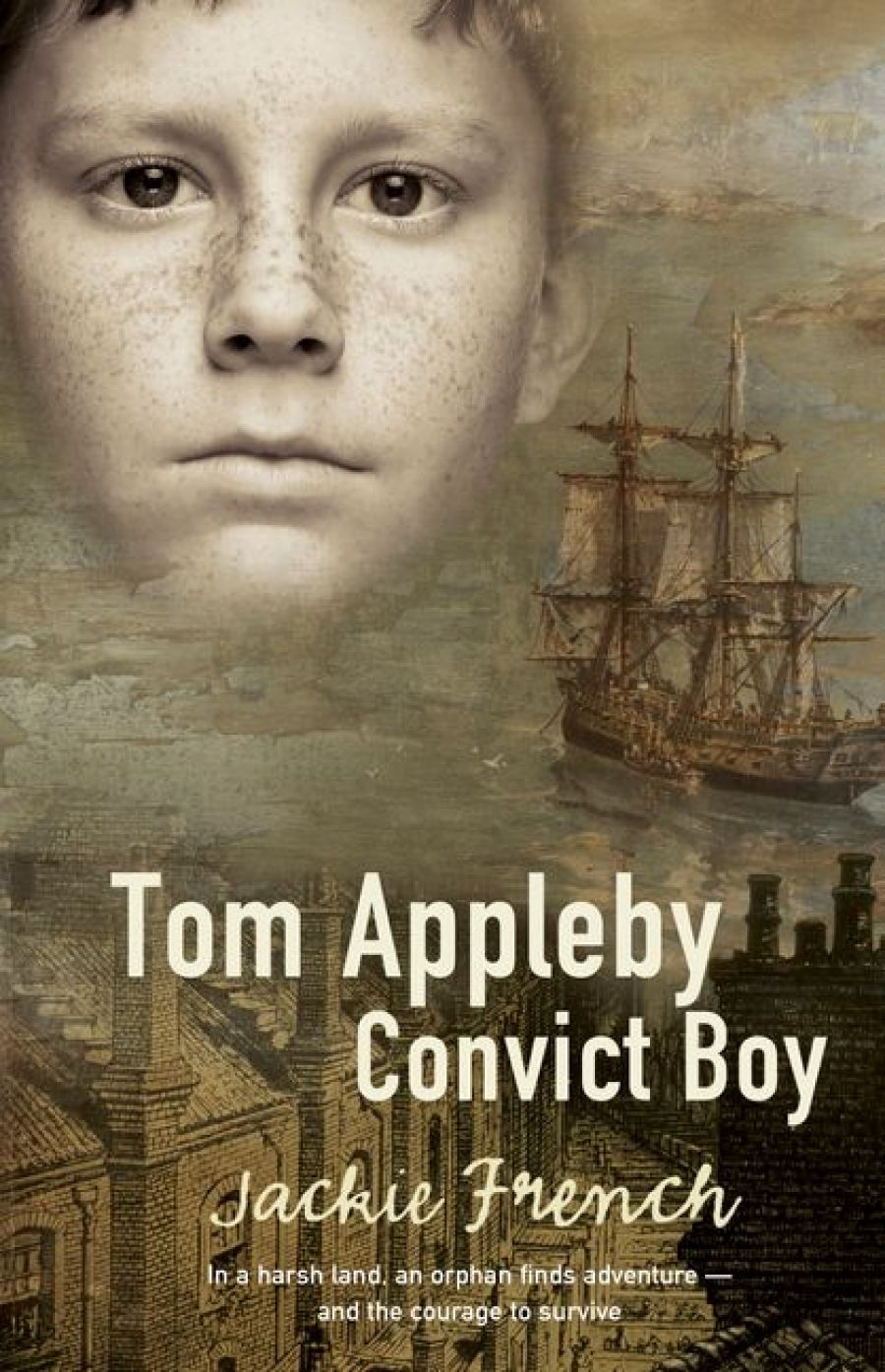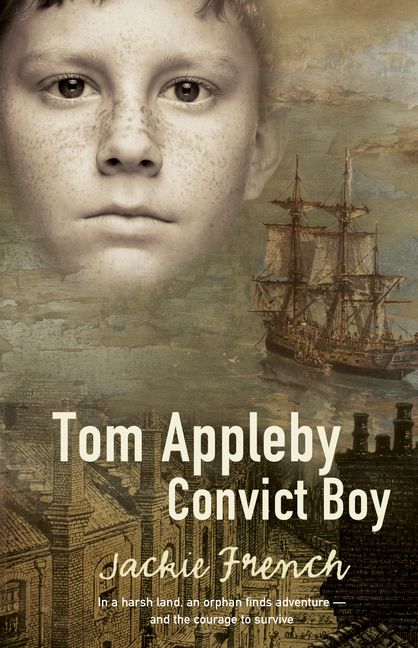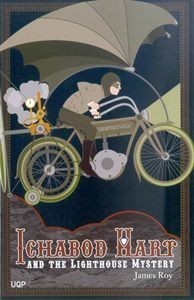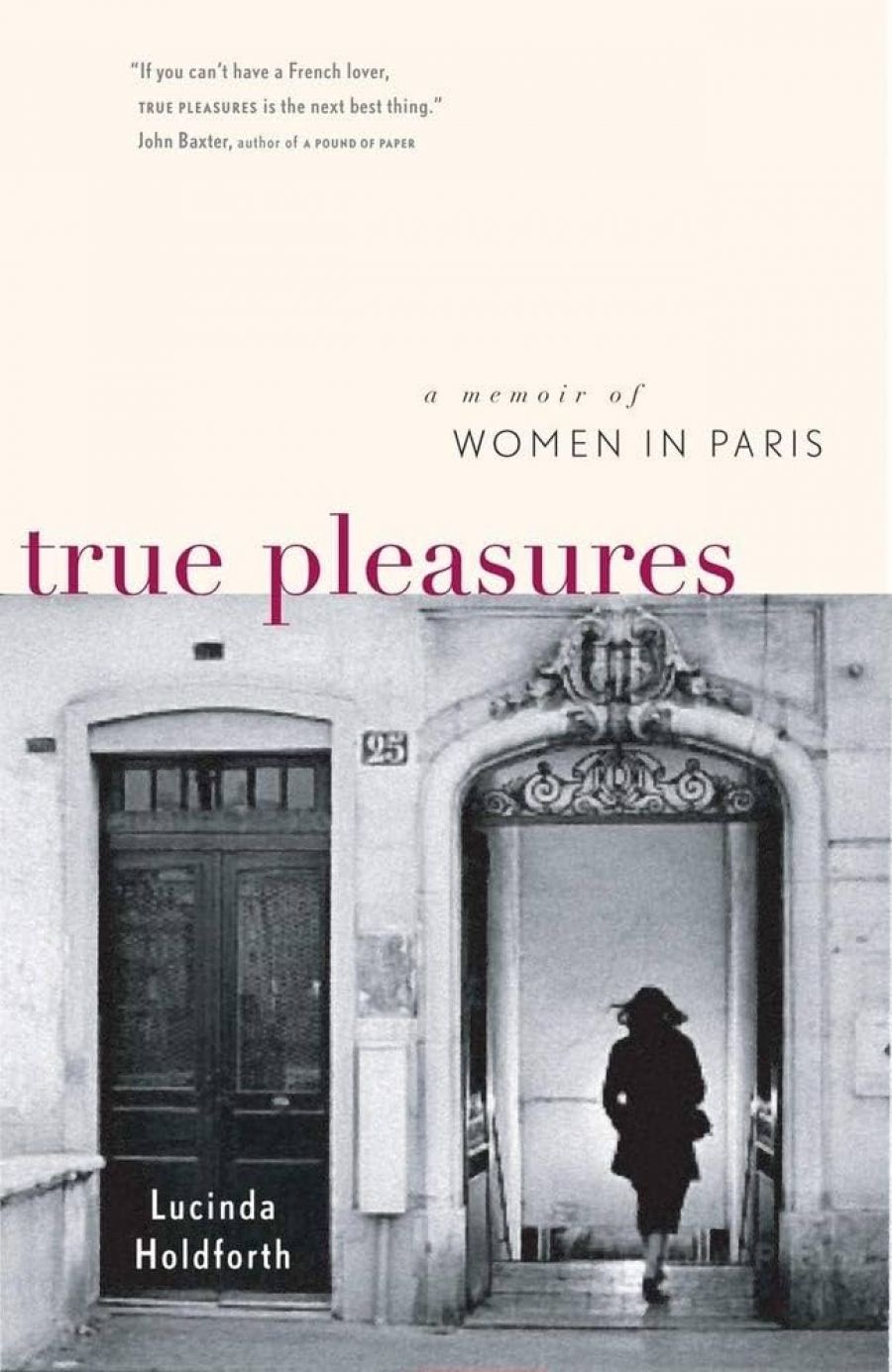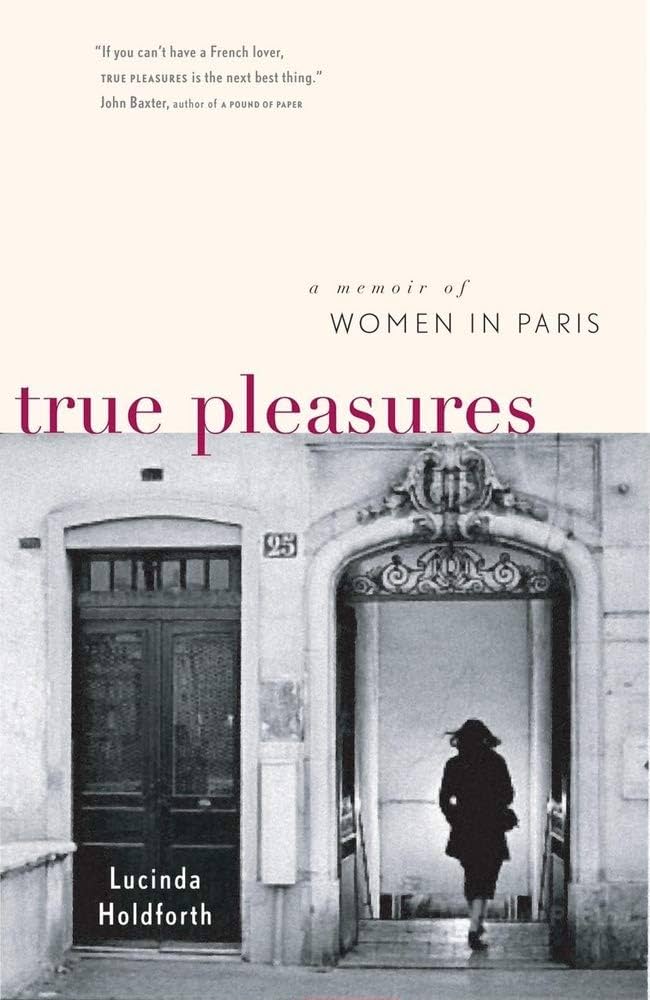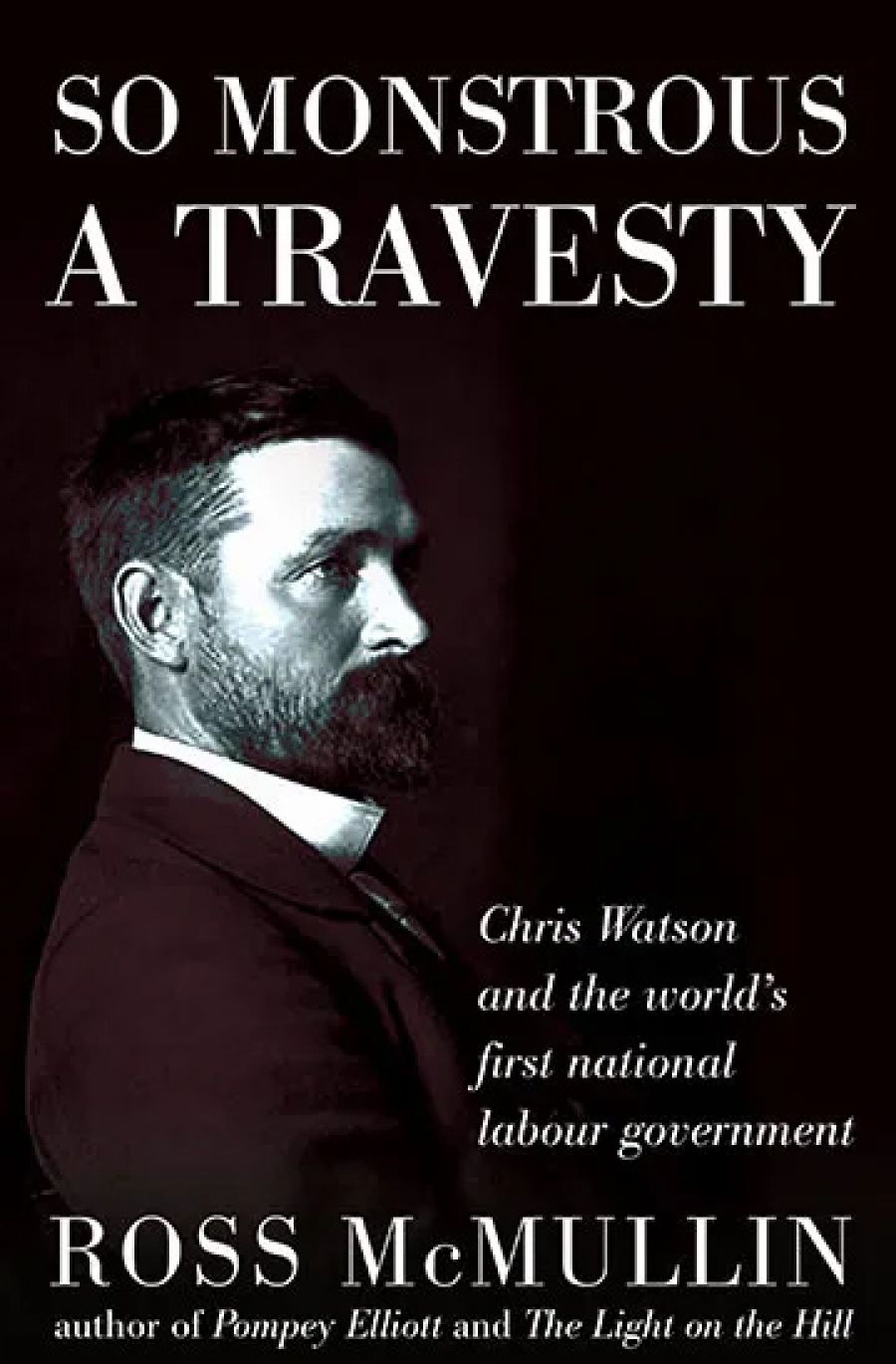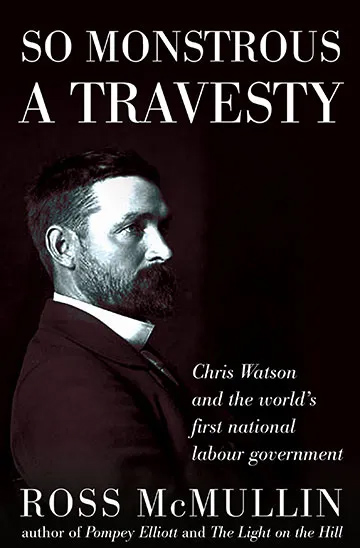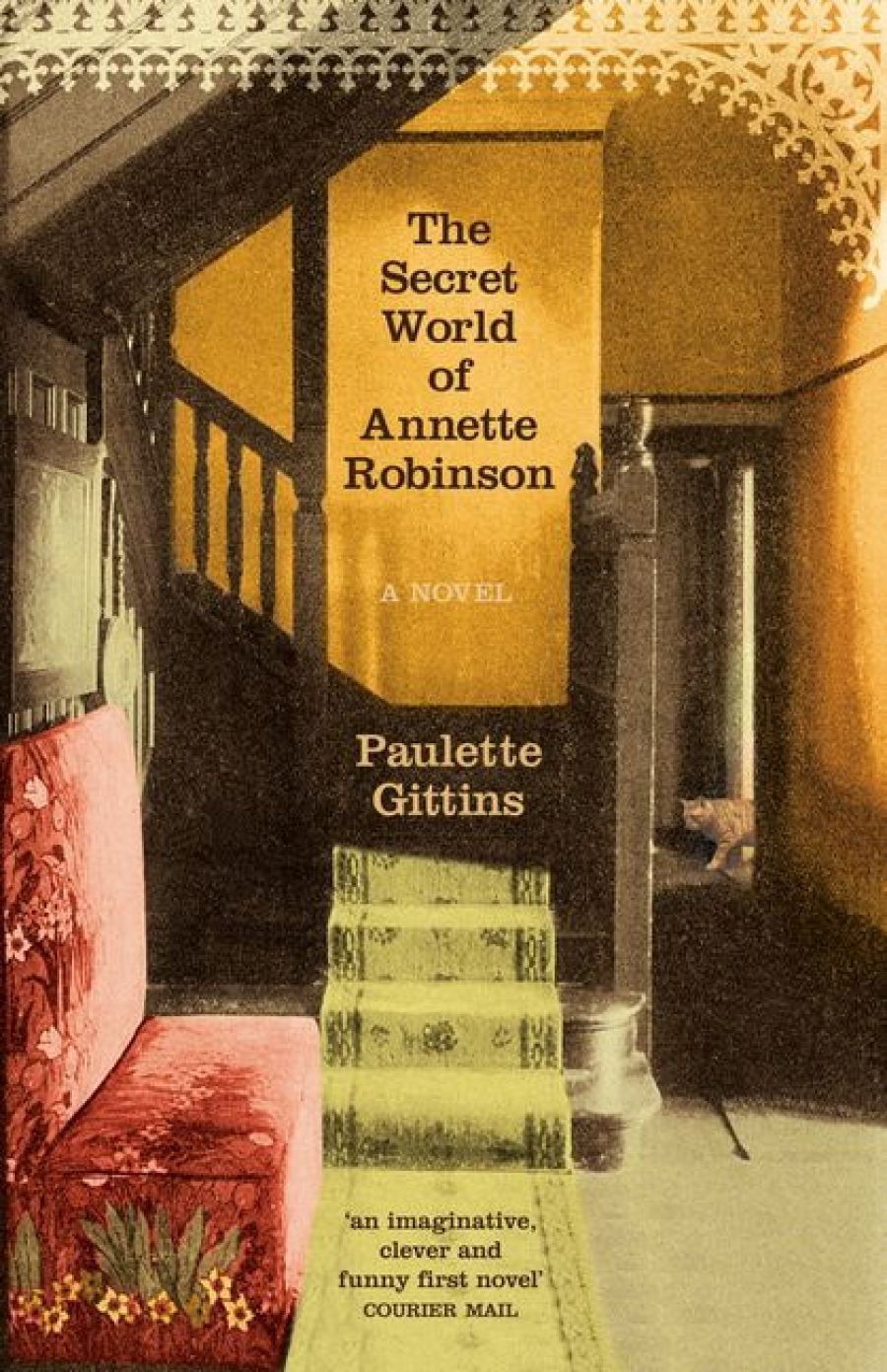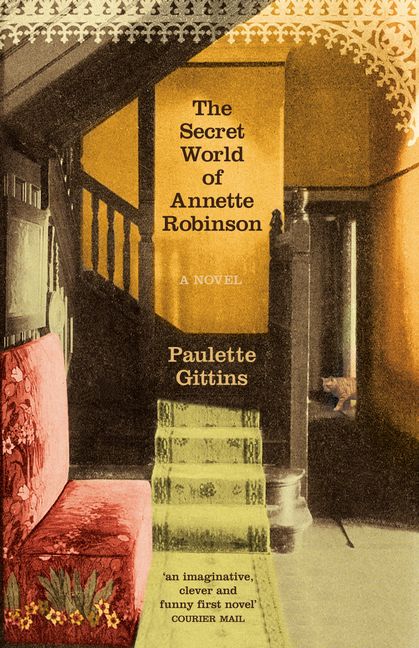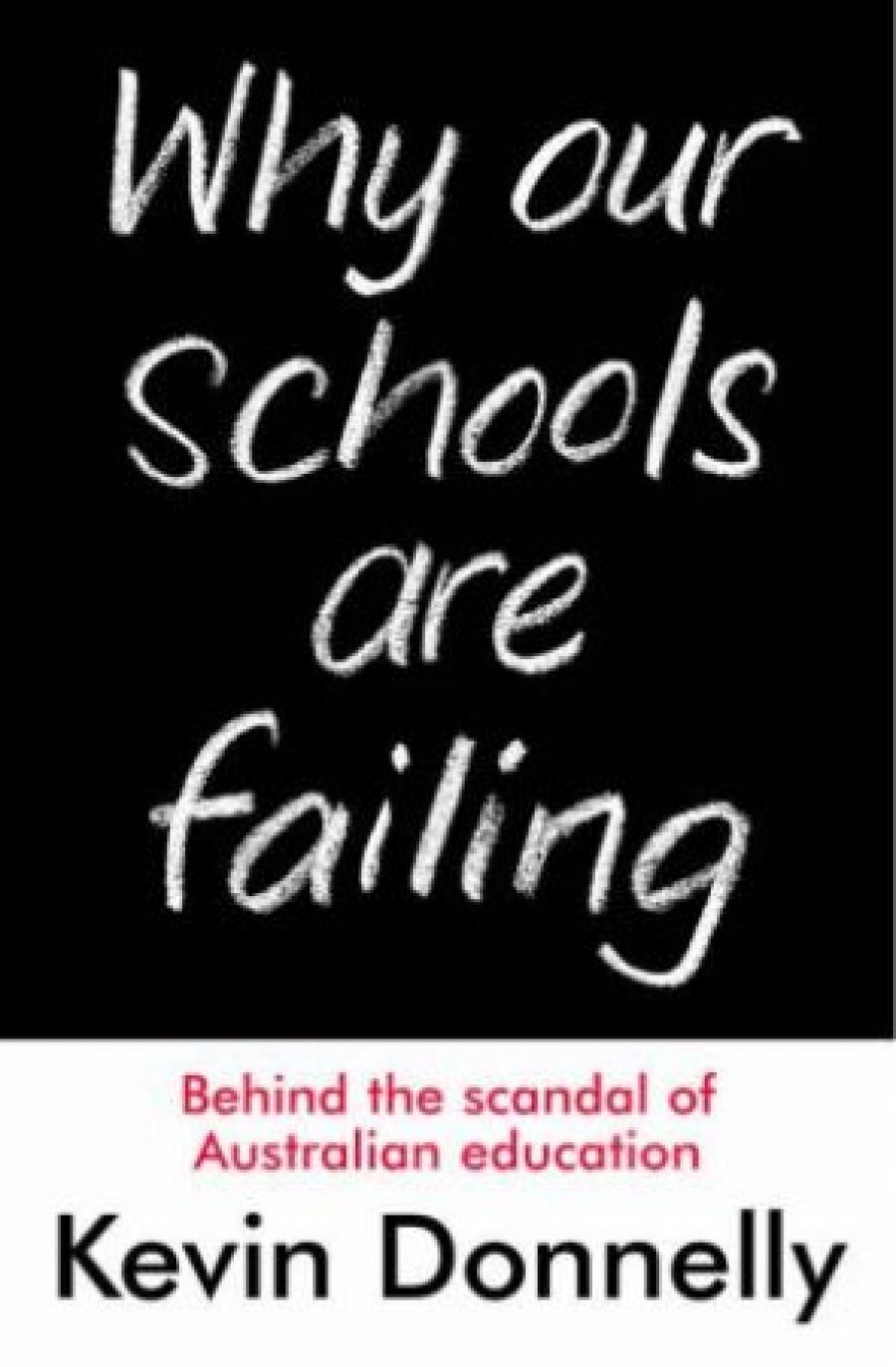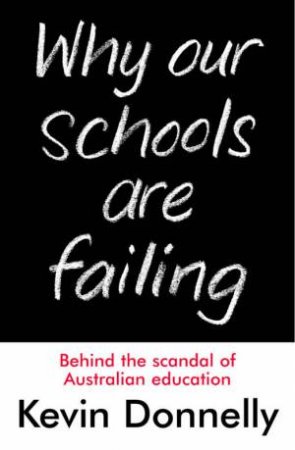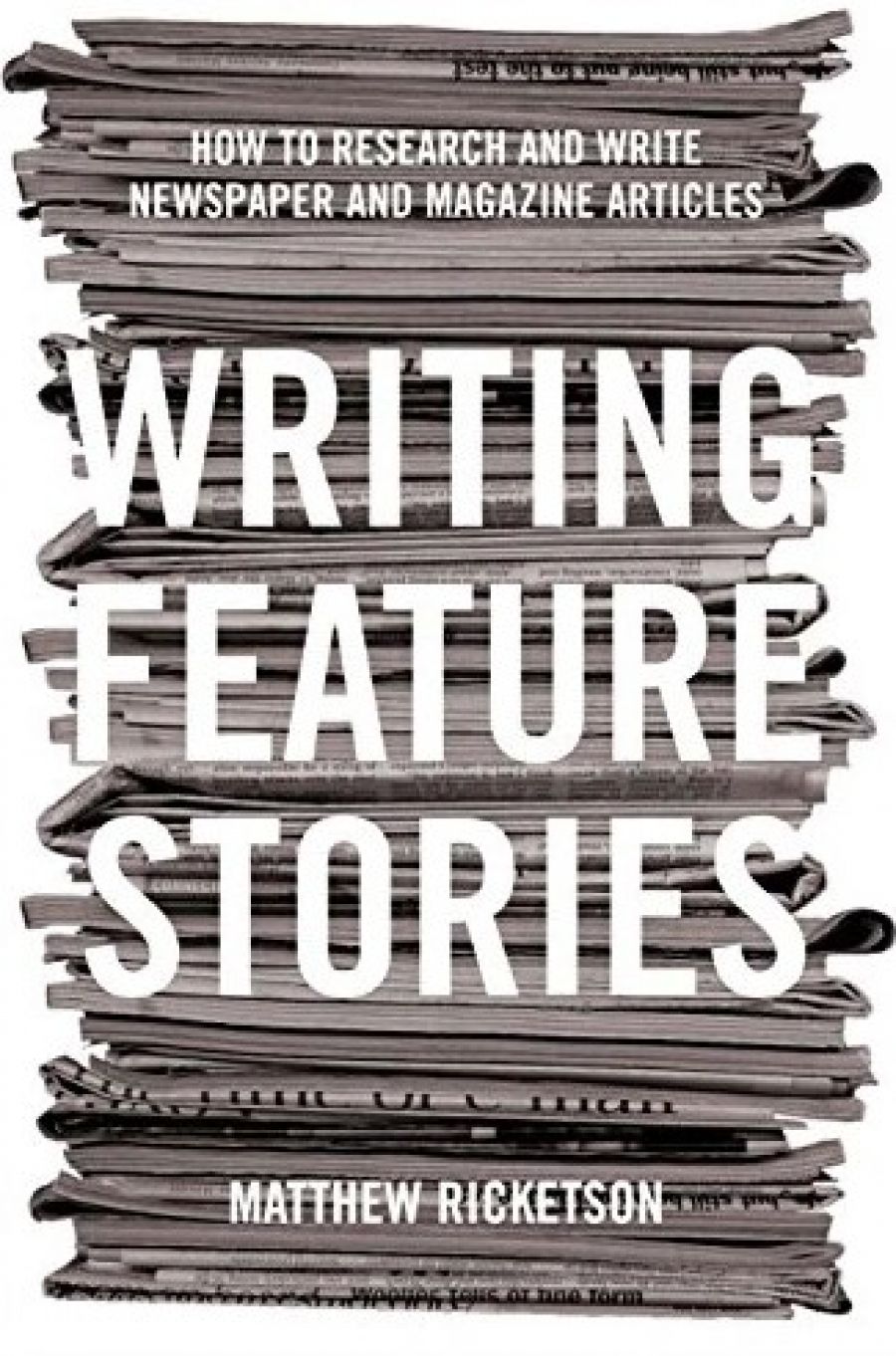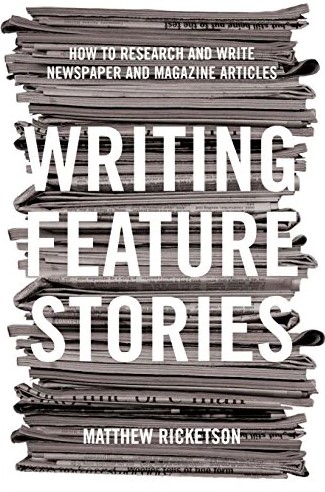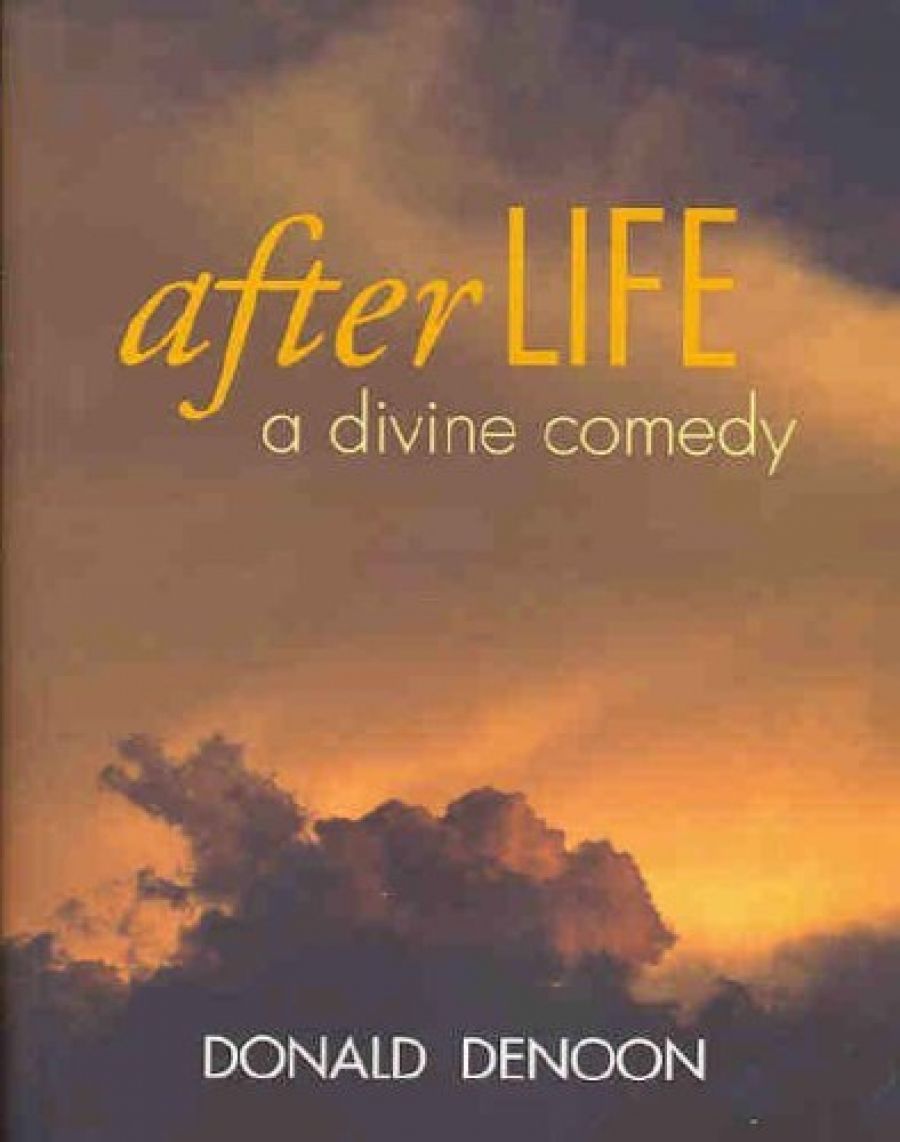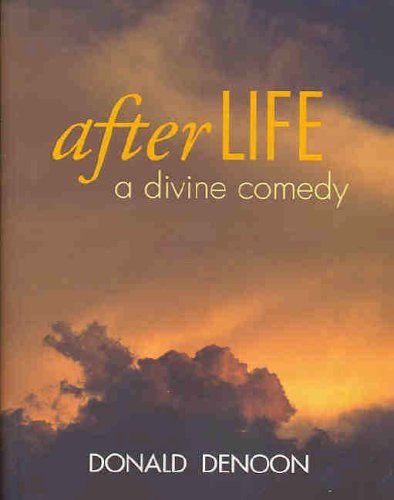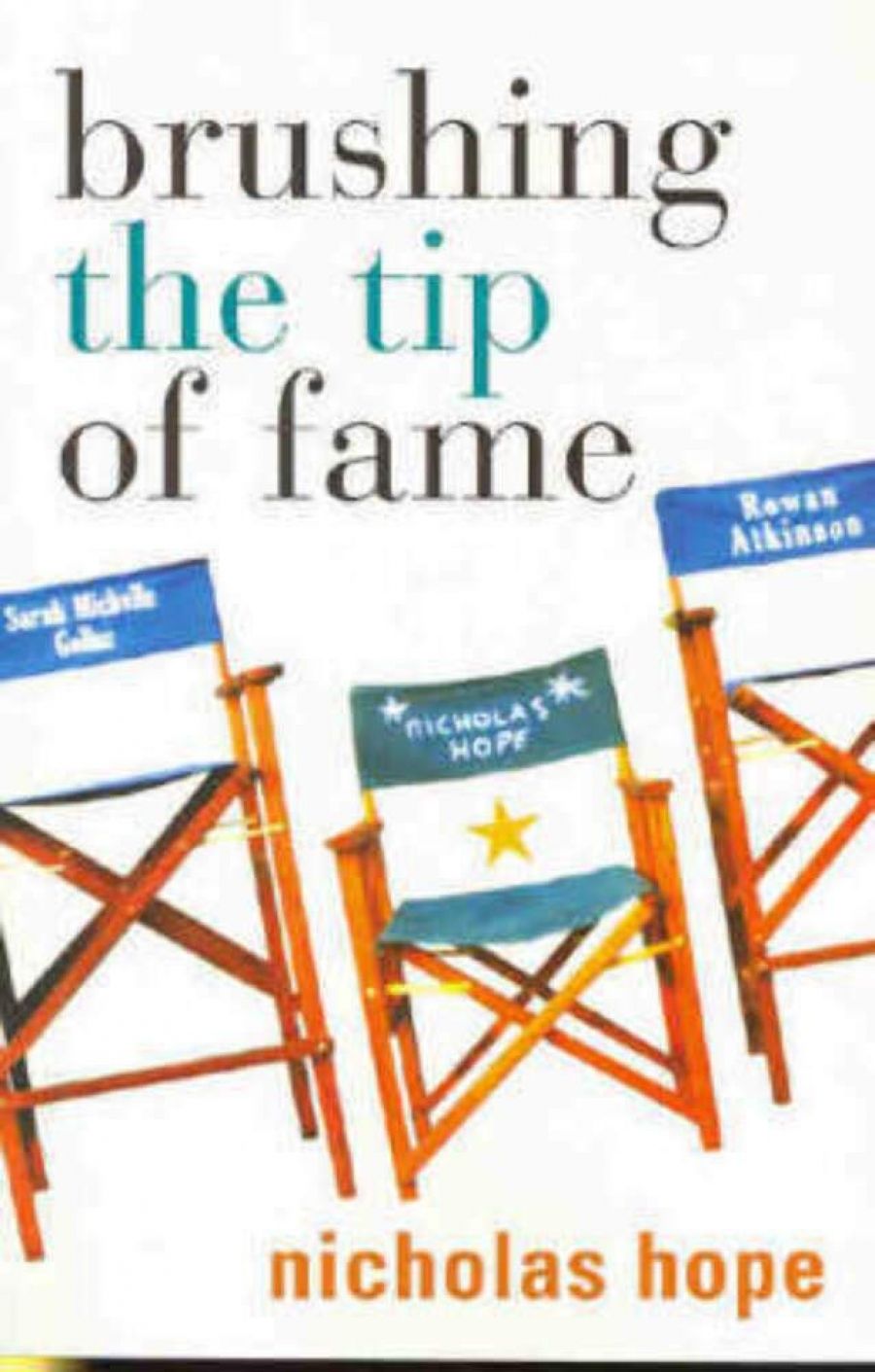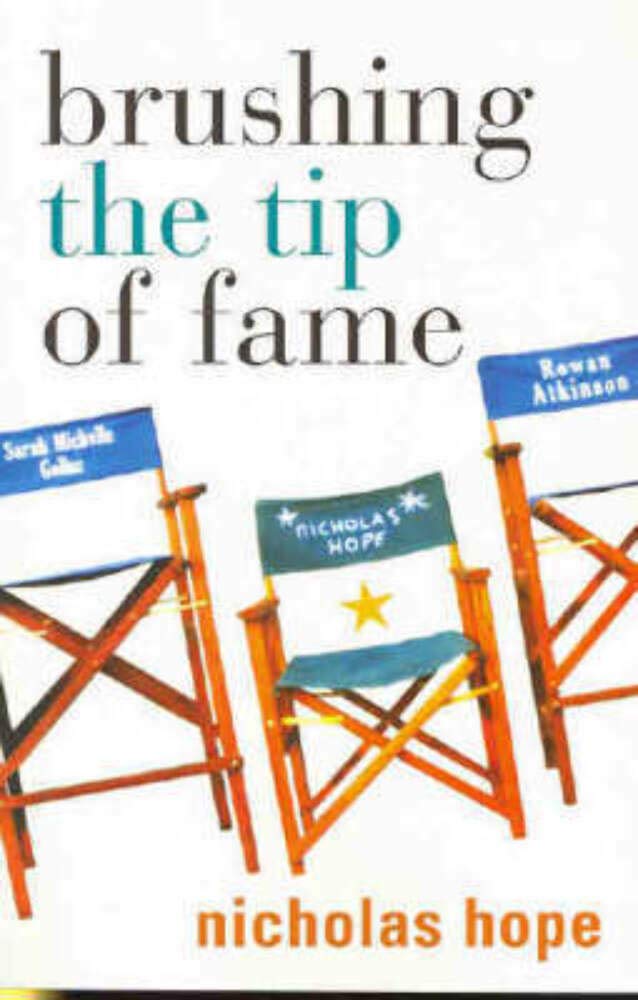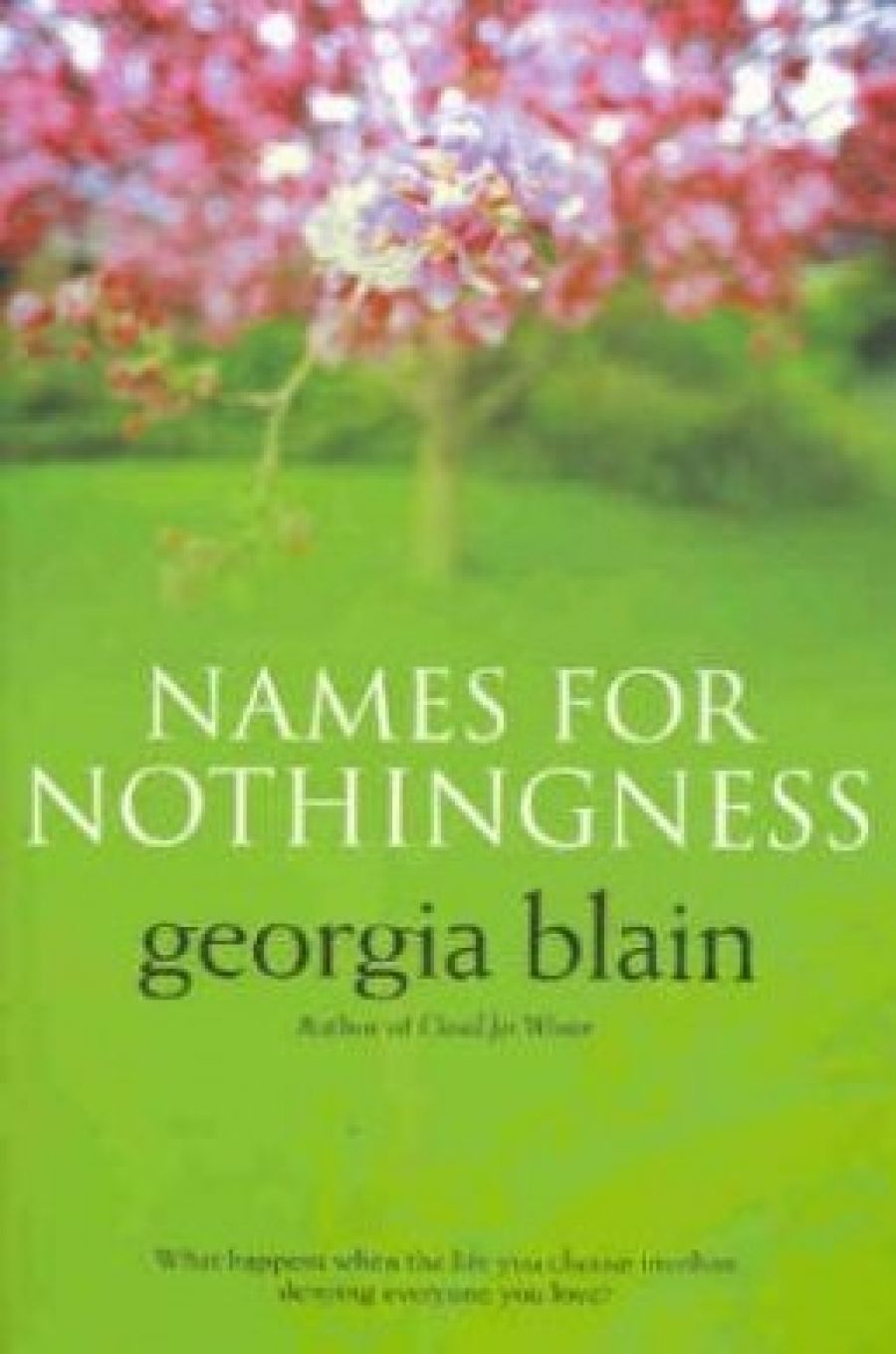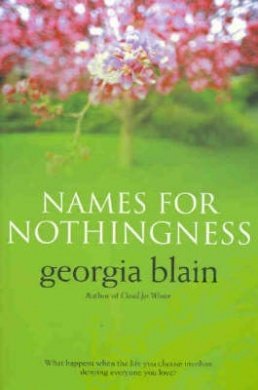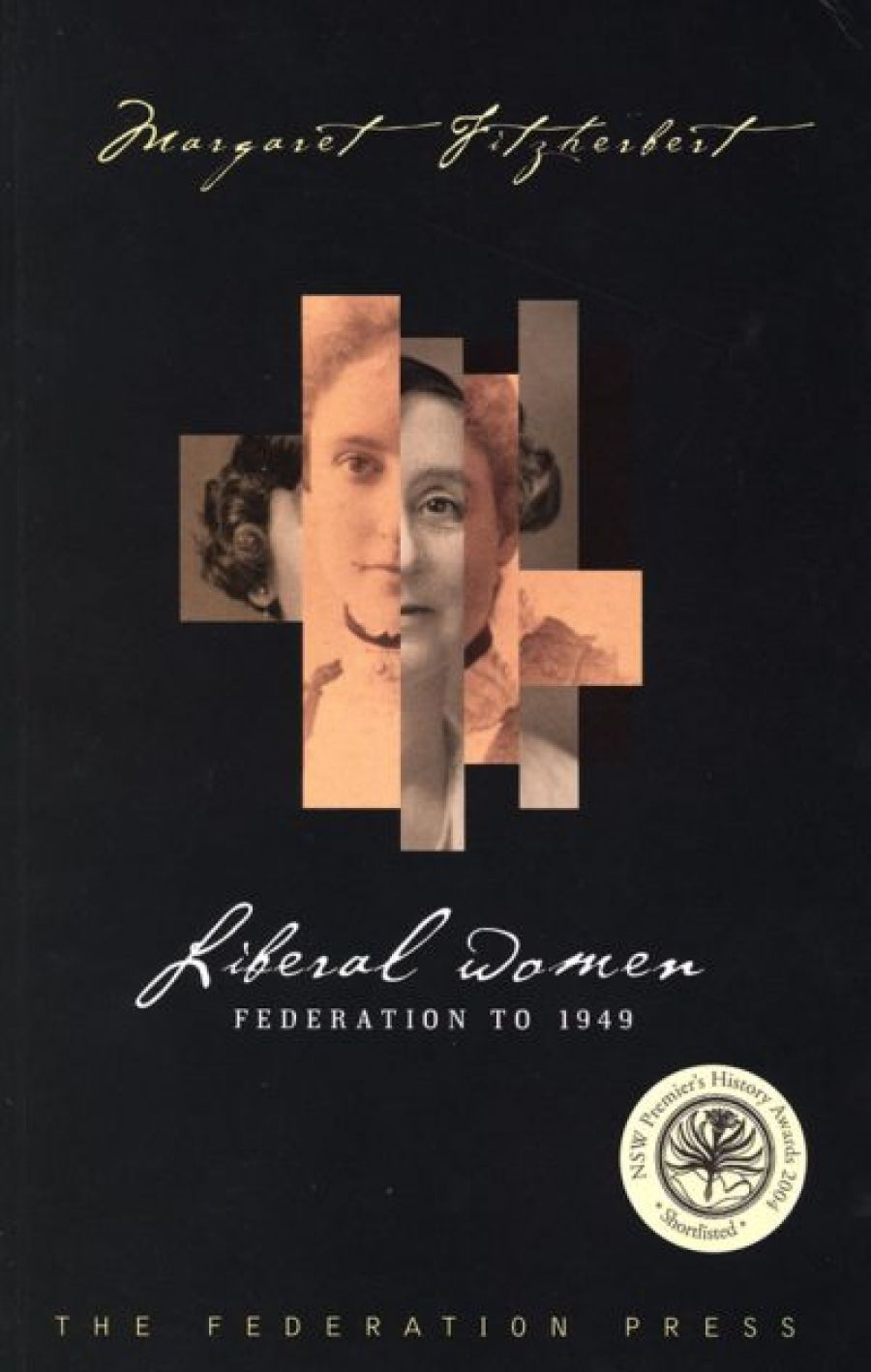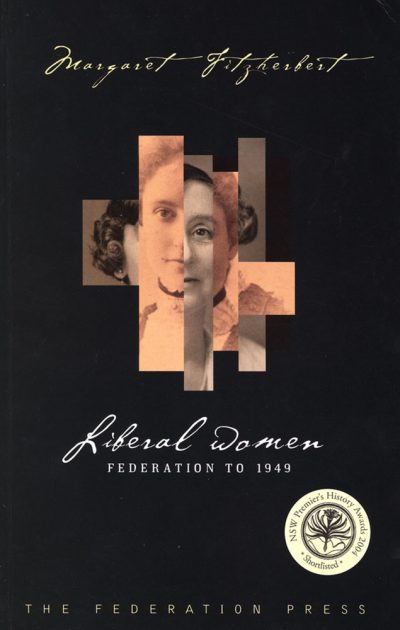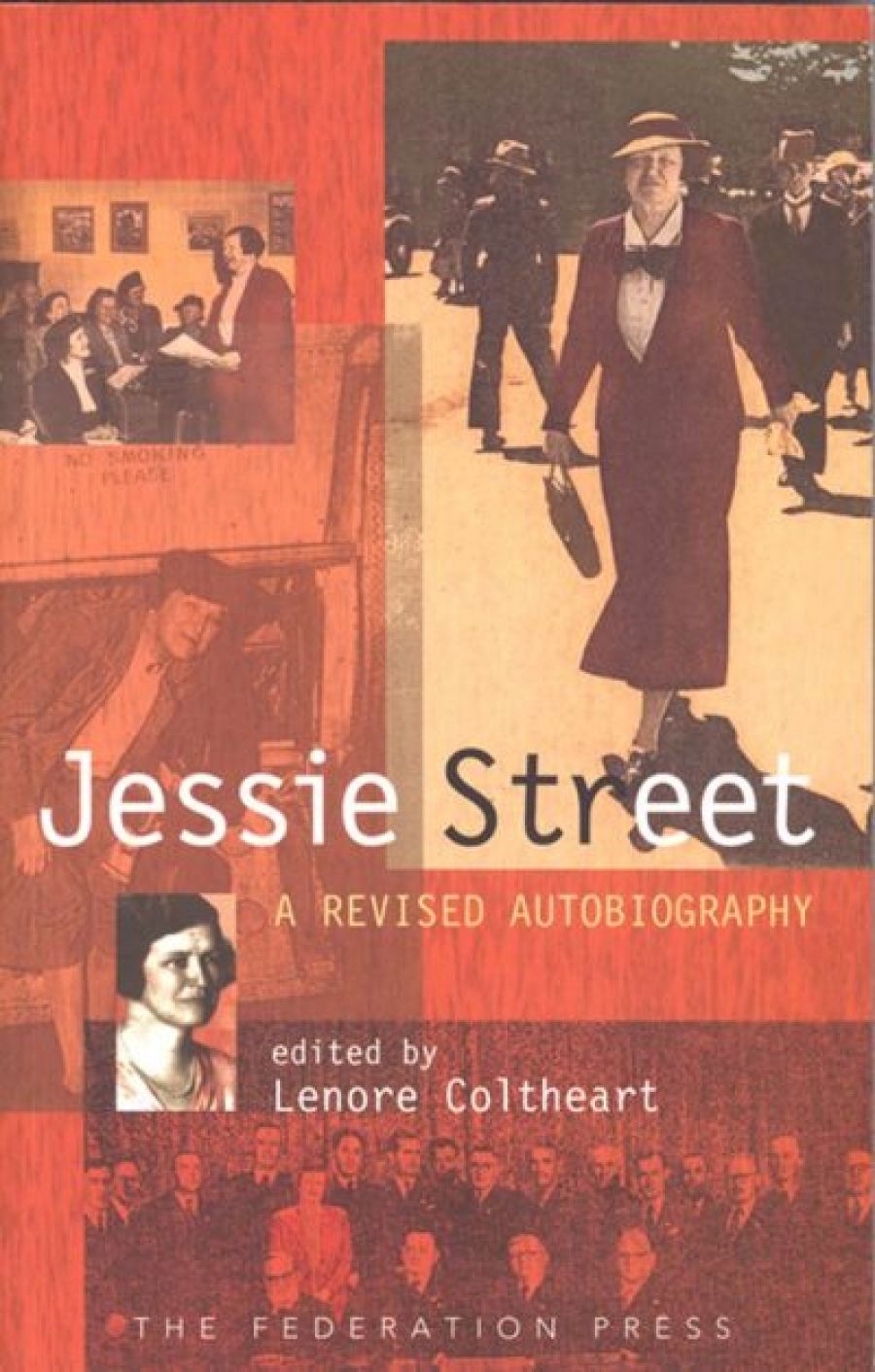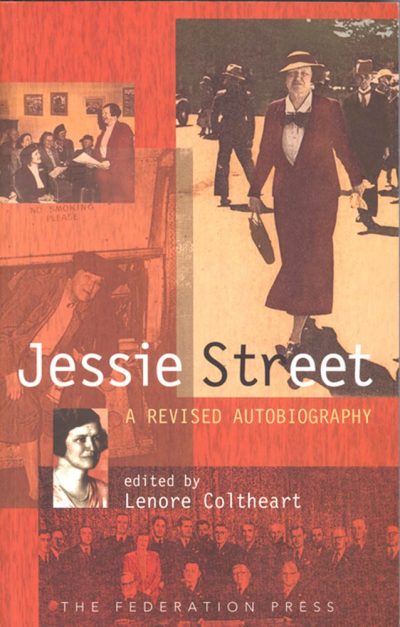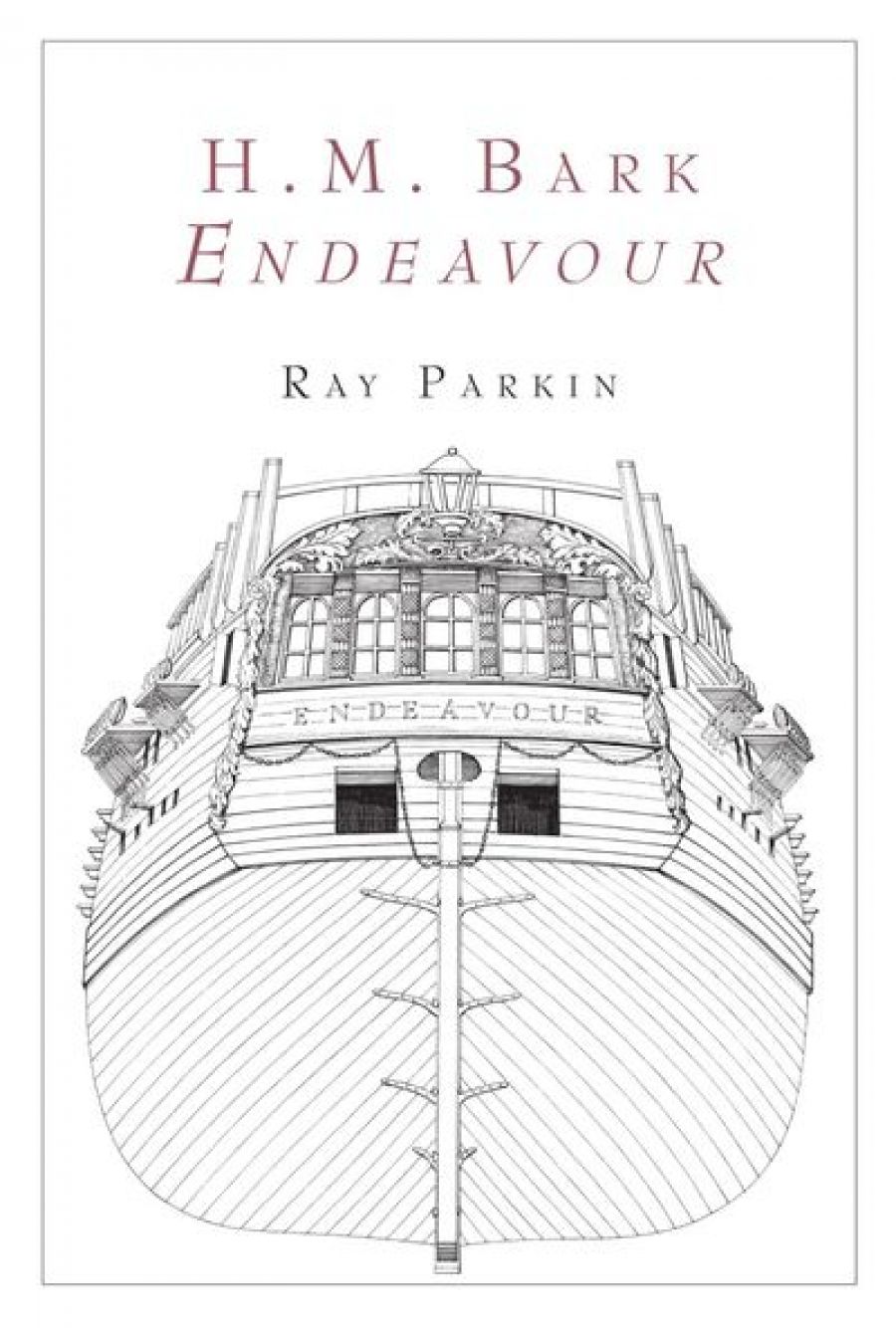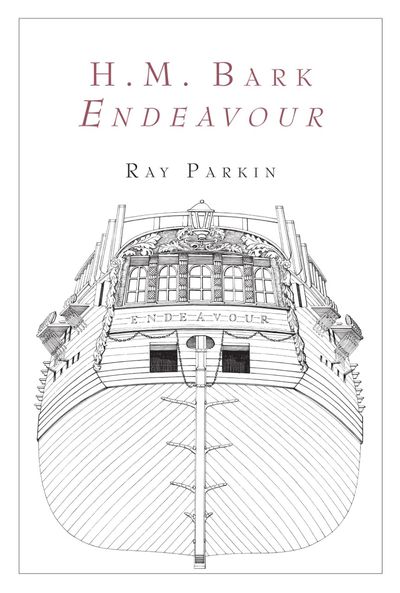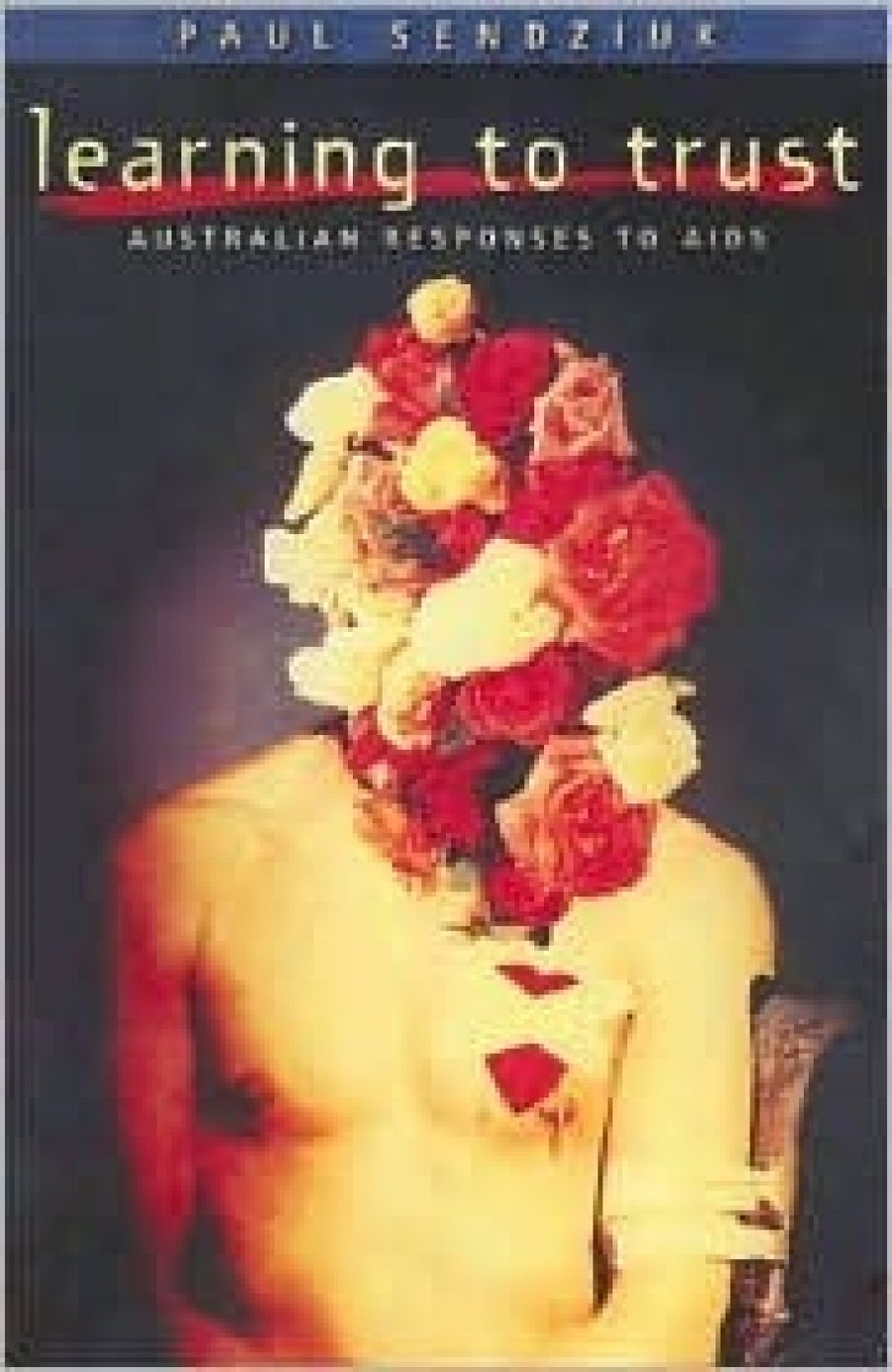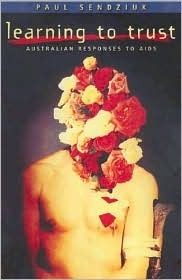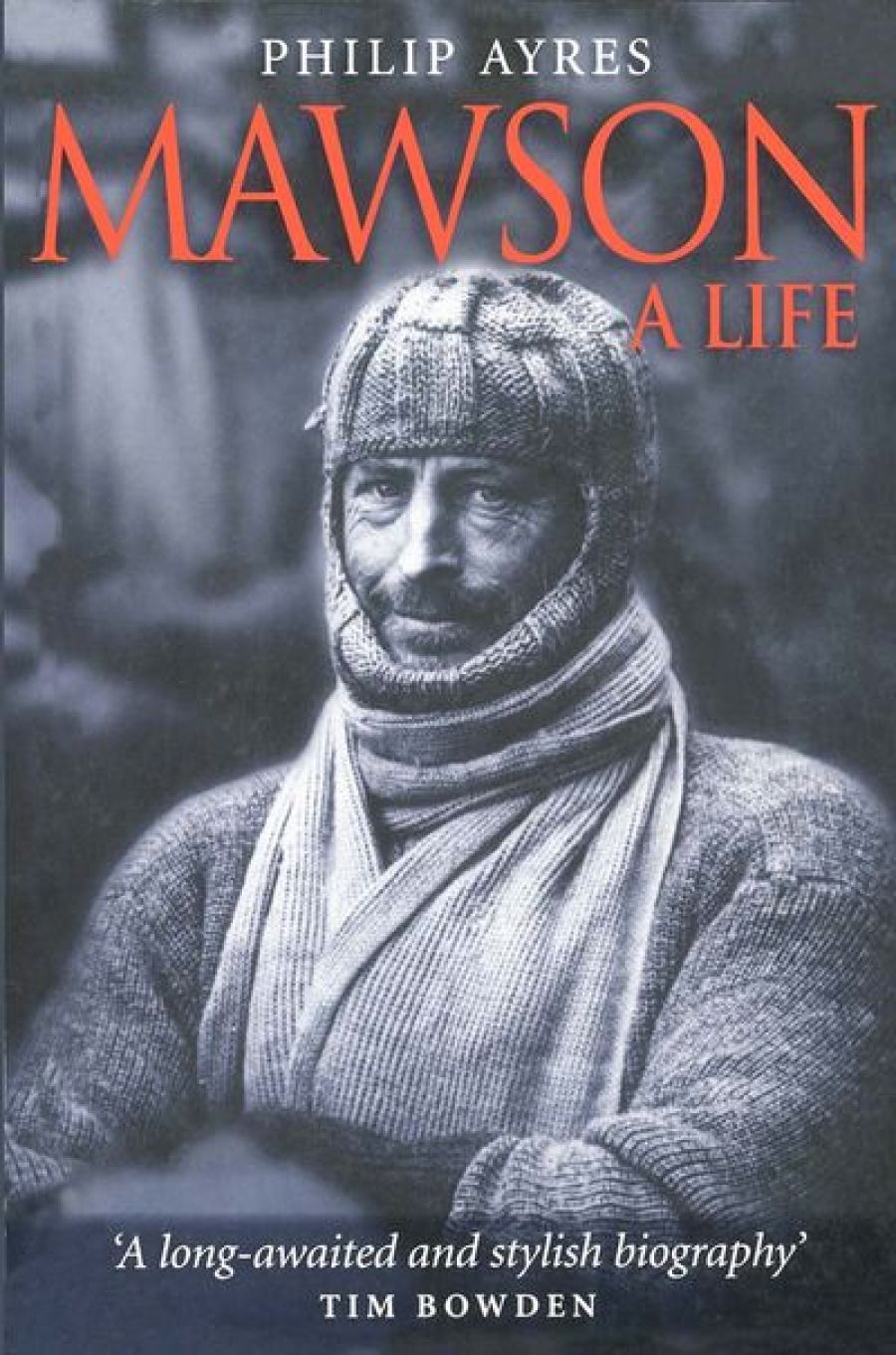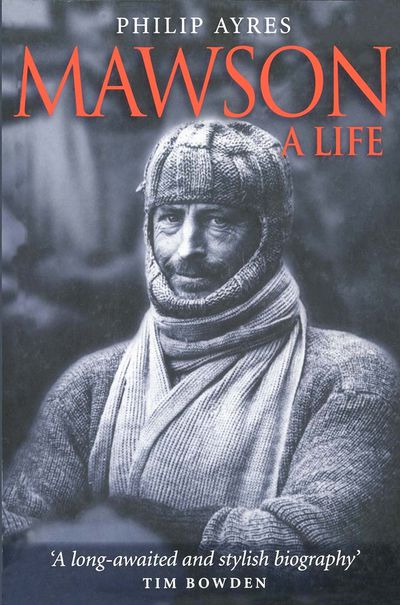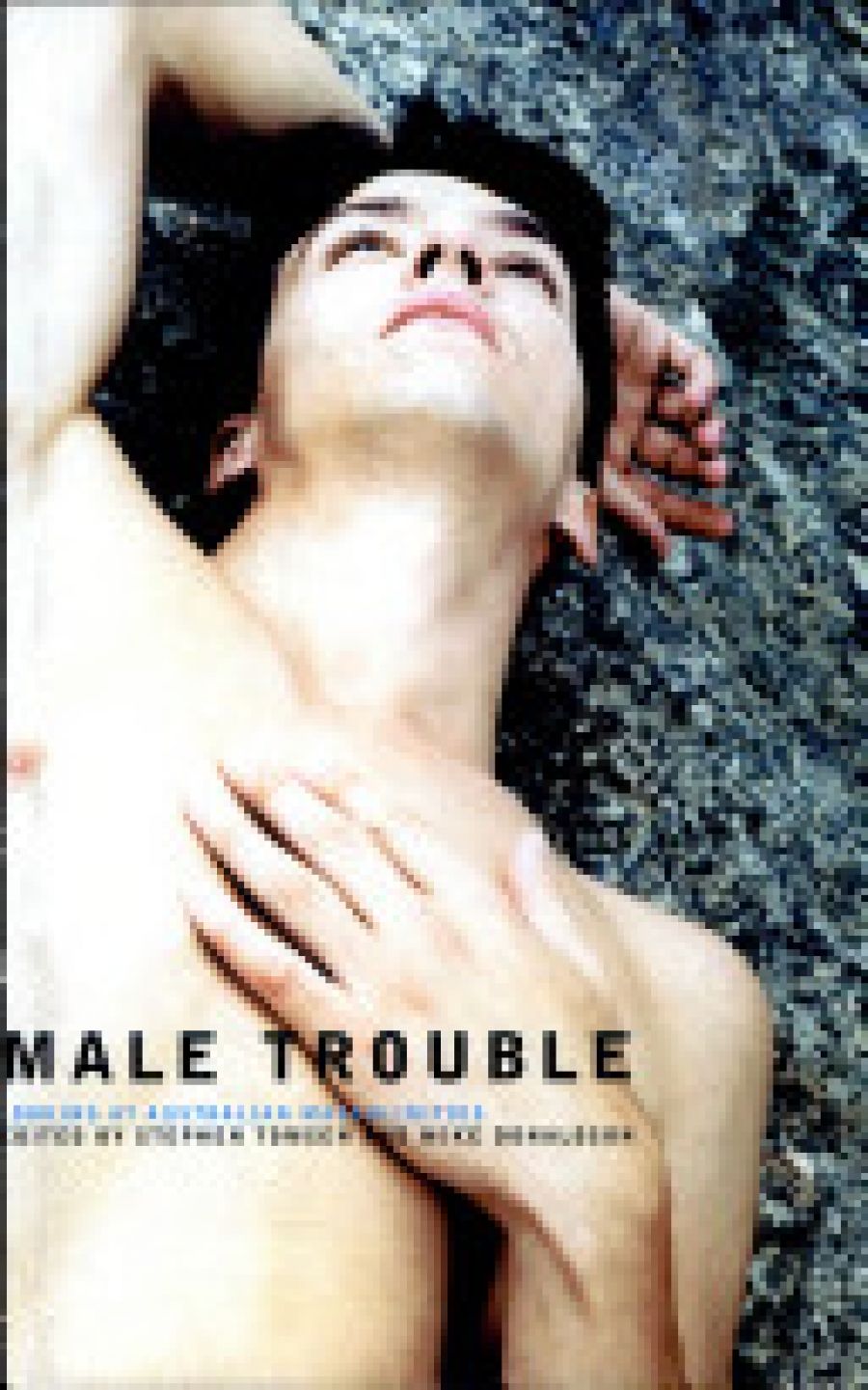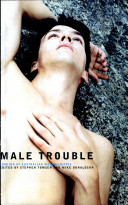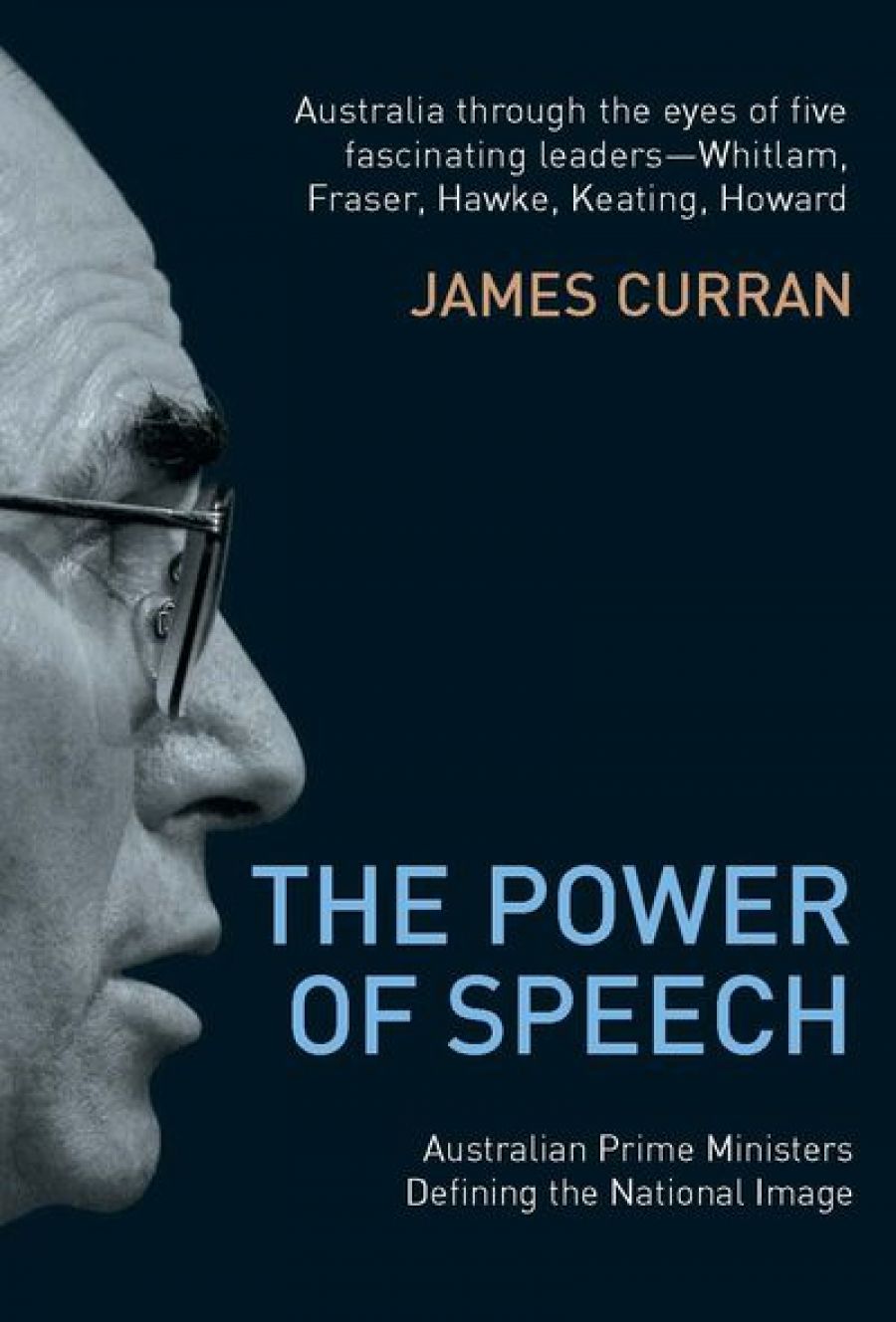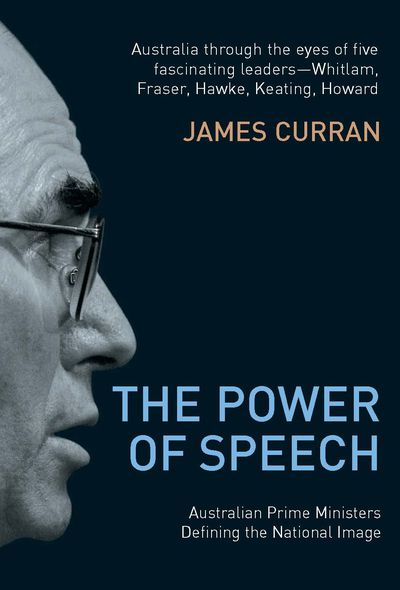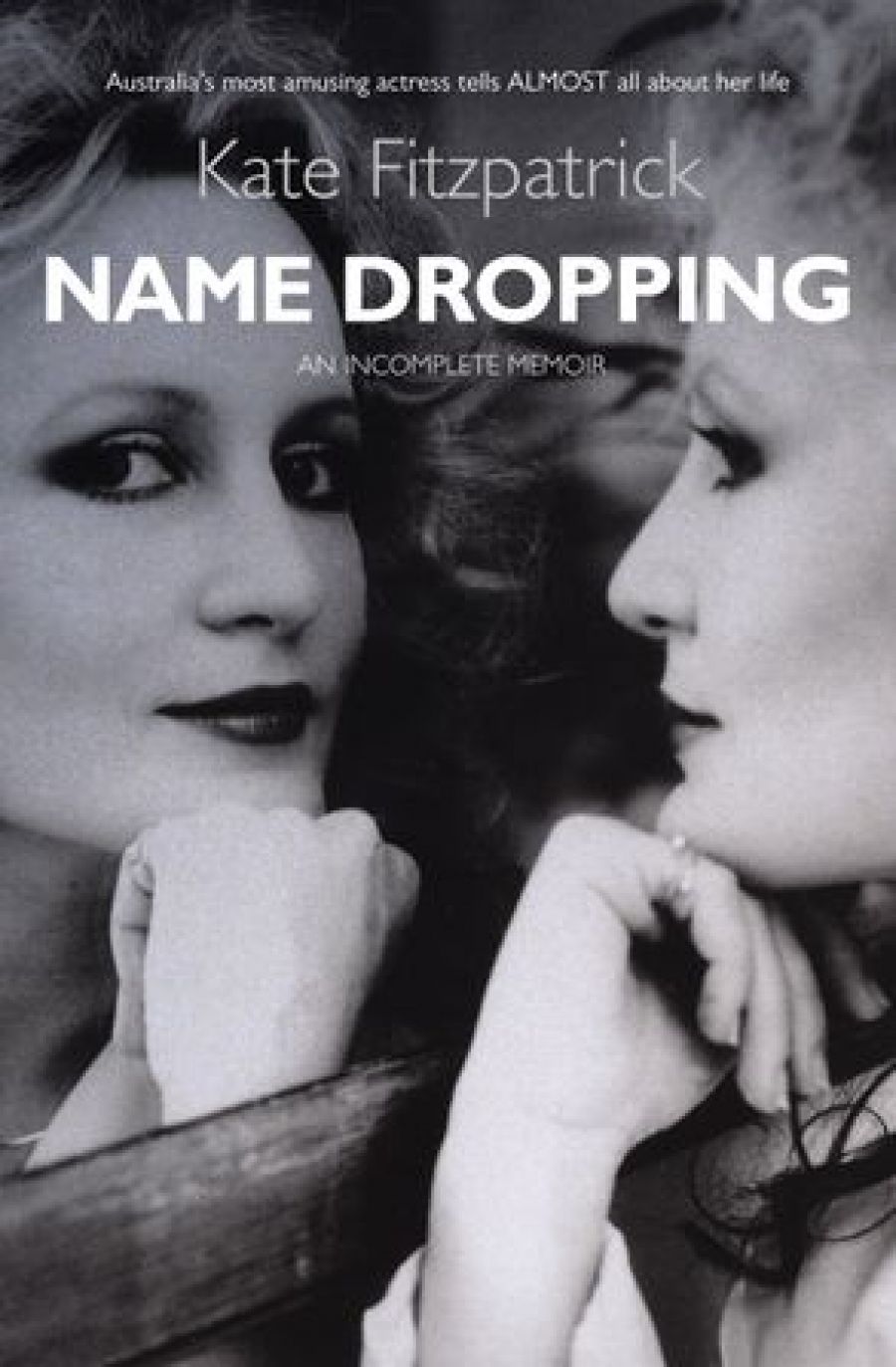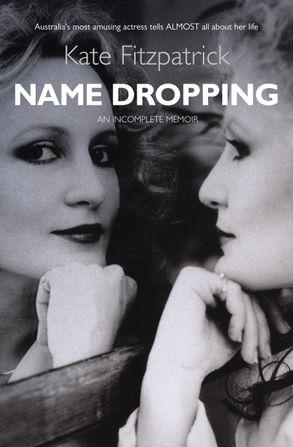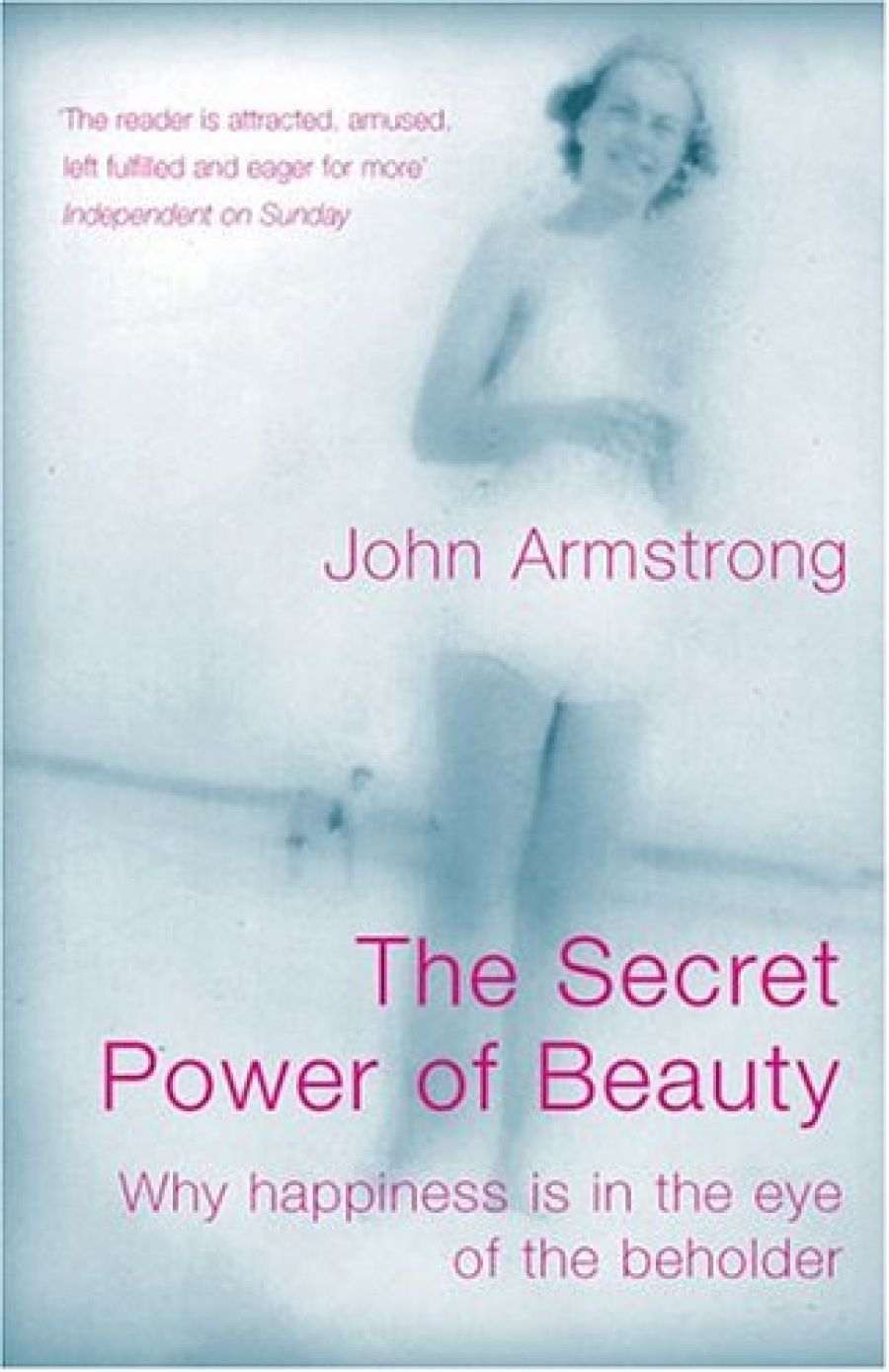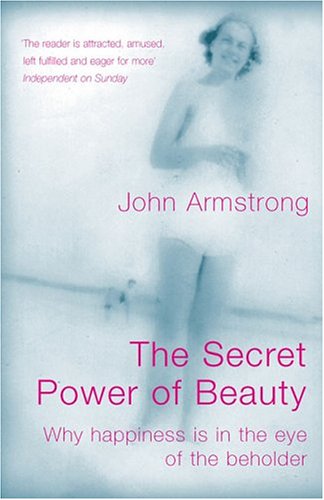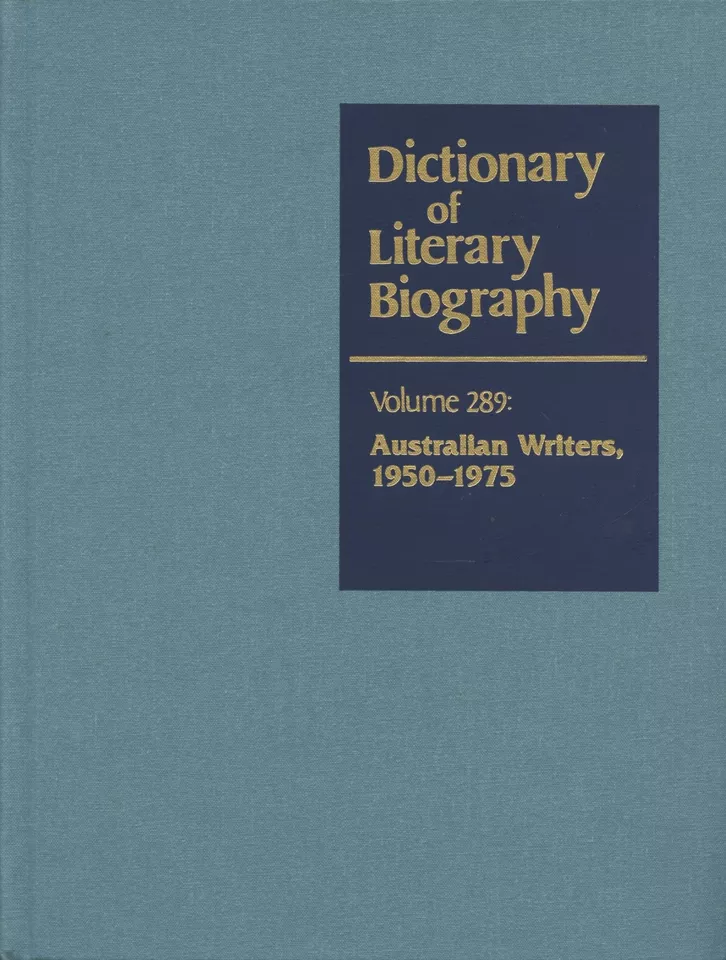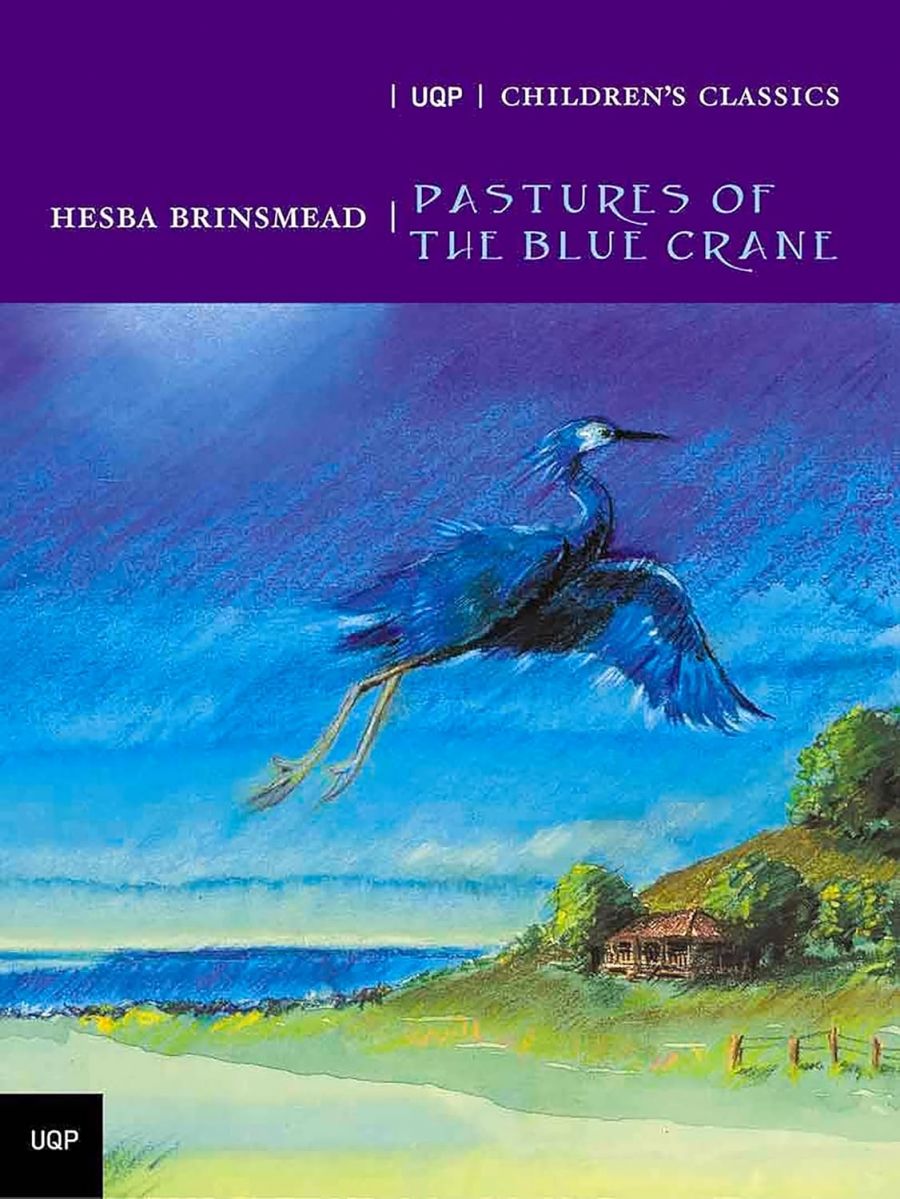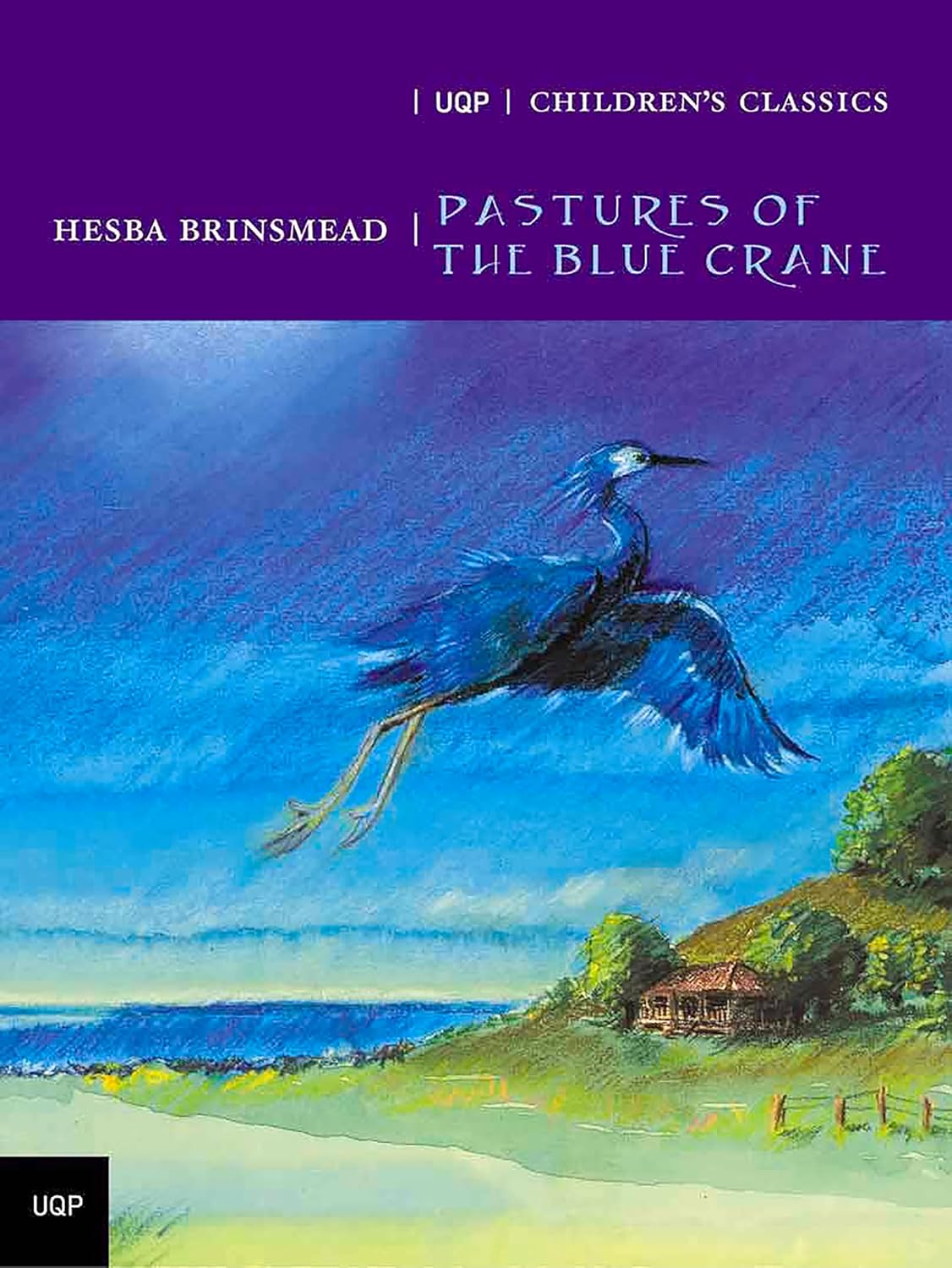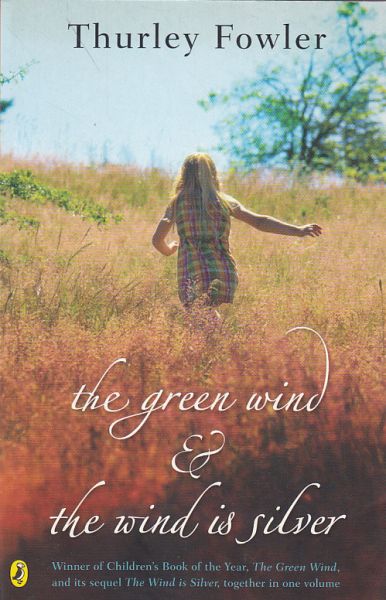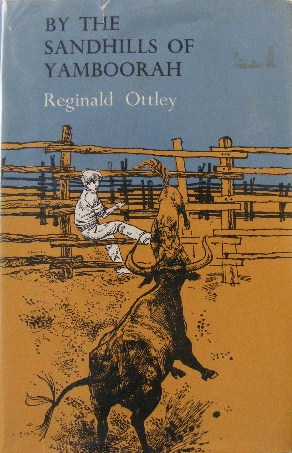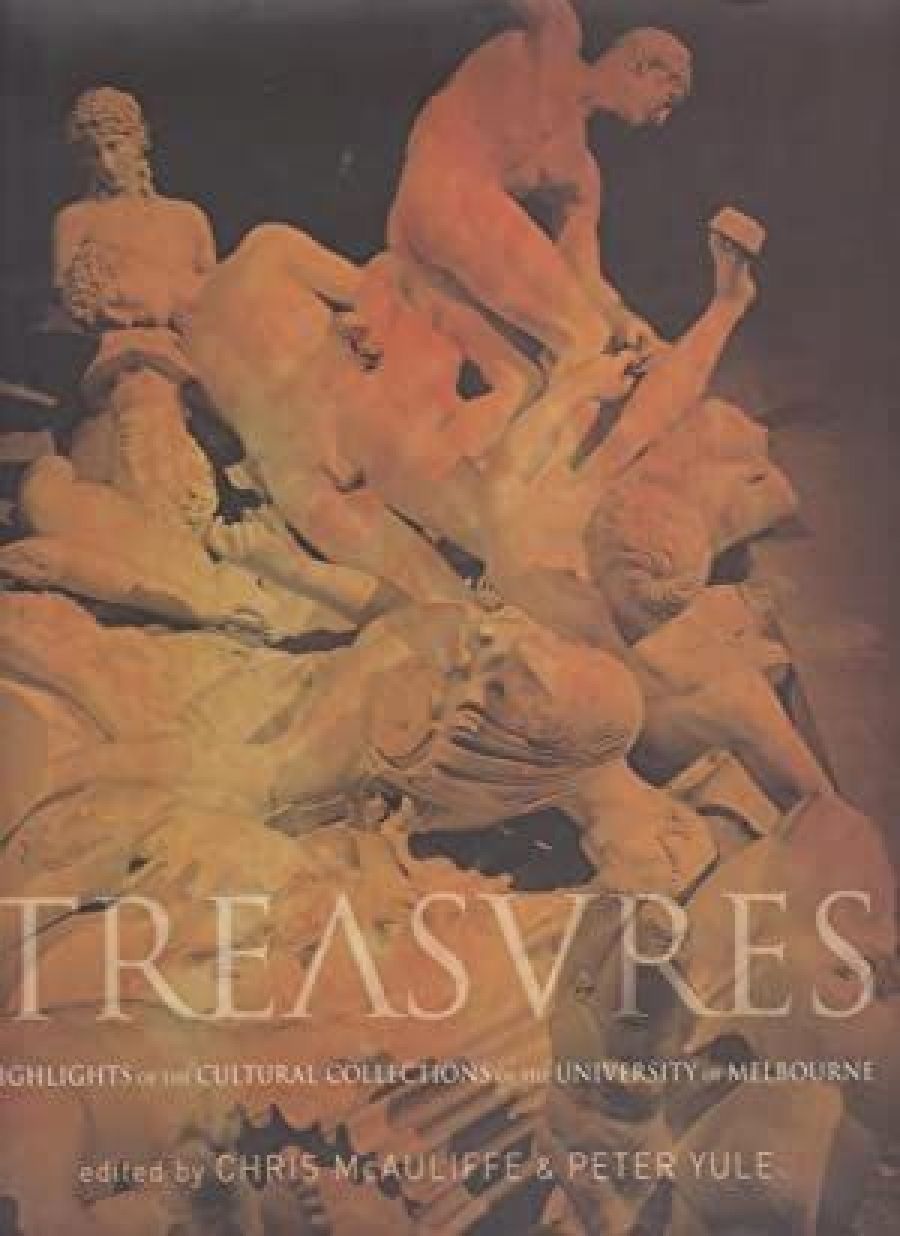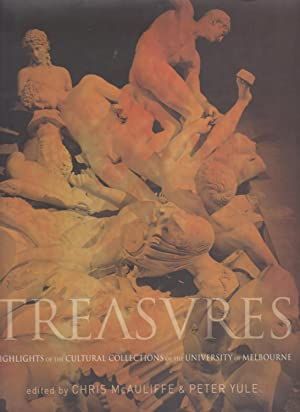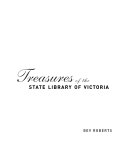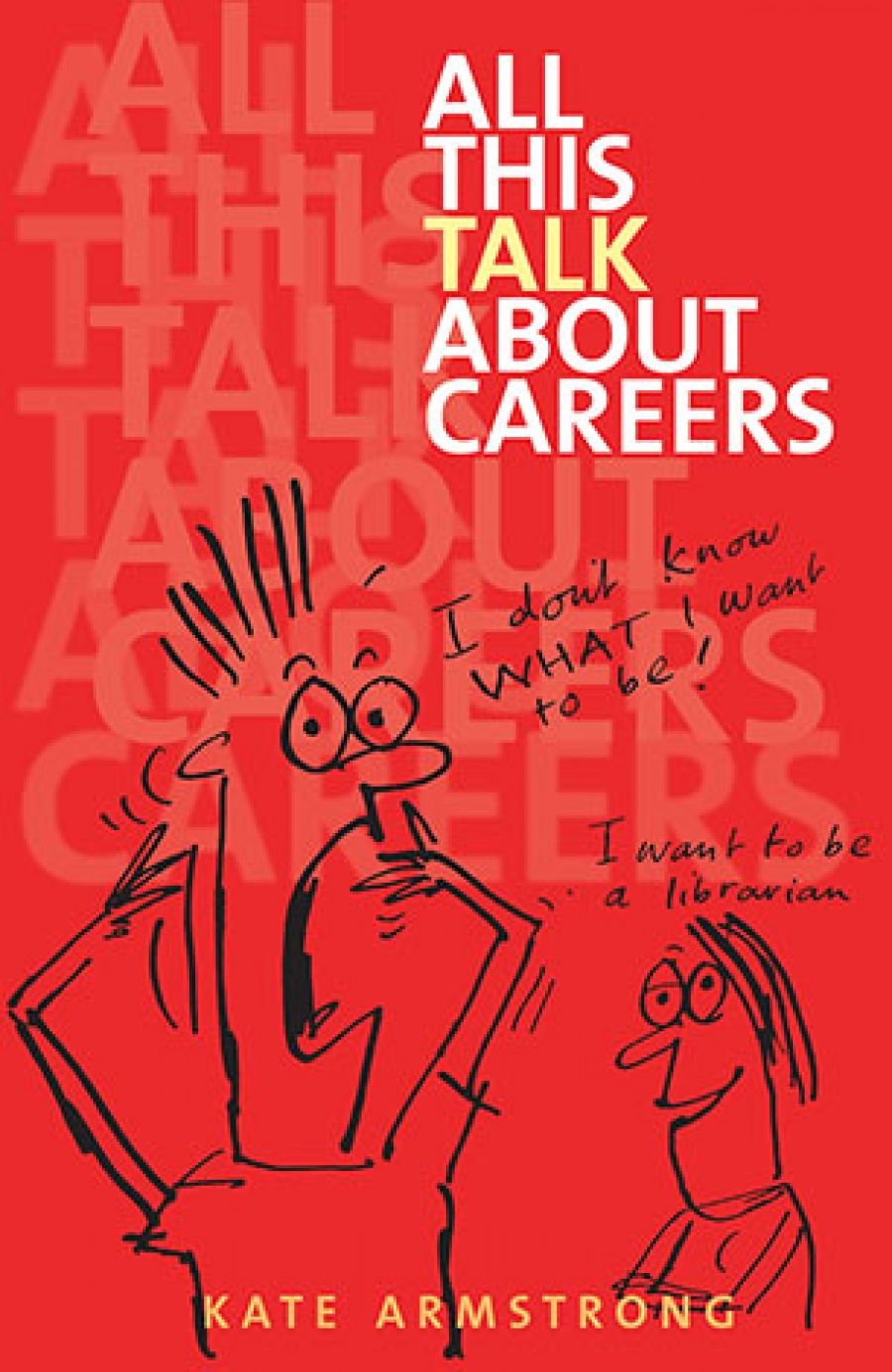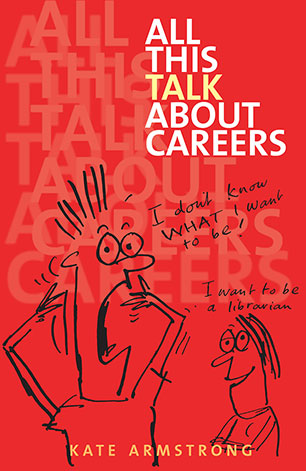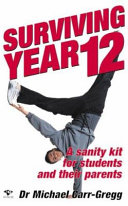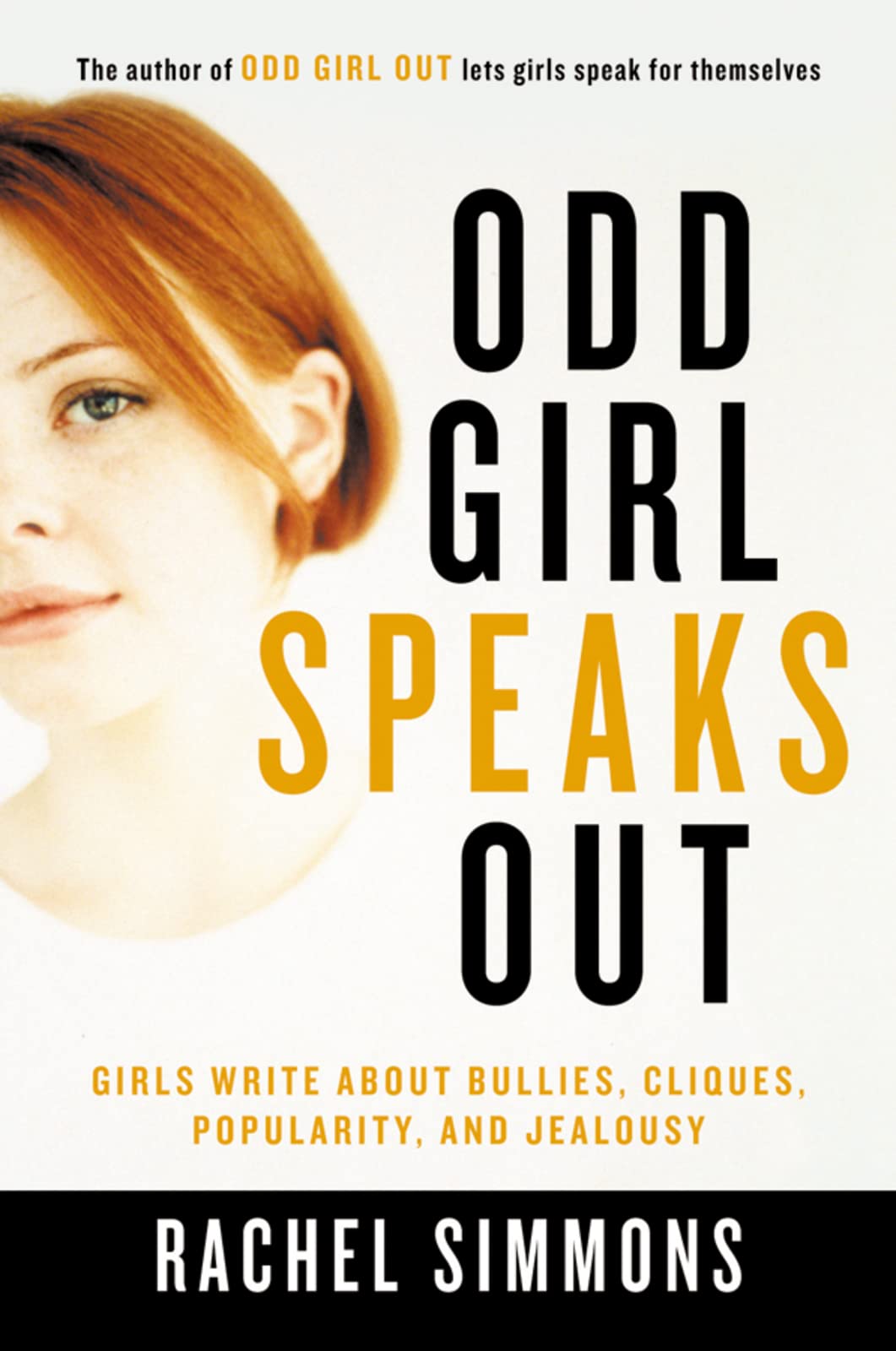Cole Porter’s jazz-age musical Fifty Million Frenchmen features a song addressed to a woman with mysterious allure:
Your fetching physique is hardly unique,
You’re mentally not so hot.
You’ll never win laurels because of your morals,
But I’ll tell you what you’ve got ...
You’ve got that thing.
The ‘certain thing’ that according to Porter ‘makes birds forget to sing’ is broadly the subject of The Secret Power of Beauty. Of course, beauty is not just sexual, and indeed the definition could be expanded to include all things under the sun. To quote another popular song from a different era, everything is beautiful in its own way.
If we knew precisely what beauty was, would it, at the moment of discovery, cease to exist? Beauty is an answer in search of a question – we all think we know it when we see it, but we find it impossible to define. John Armstrong frames this question as persuasively as the readers of his previous books The Intimate Philosophy of Art (2000) and Conditions of Love (2002) could have anticipated. Here again, he explores thoughts that arise from what ordinarily we are moved by.
The Secret Power of Beauty begins with an examination of the anatomy of beauty, at least as far as the eighteenth-century English artist William Hogarth was concerned. Hogarth proposed an aesthetic experiment based on curving lines, presenting a series of comparisons to be made from illustrations of women’s corsets. To the human eye, some lines, and some shapes, are more pleasing than others, and Hogarth thought he could determine precisely which ones worked best. Hogarth’s formalist approach to beauty may sound superficial, and indeed the corset itself is an obvious anachronism with negative associations, but the serpentine line continues to inform much graphic and industrial design (where would sports car designers be without it?). Notions of symmetry and proportion come into discussions of beauty based on evolutionary psychology as well as art and architecture. Some of the most beautiful buildings and objects, Armstrong notes, consist of nothing but straight lines. The corset test was rejected in Hogarth’s time by his friend David Garrick, who ‘pointed out that as he got fatter his stomach approached that, according to Hogarth, which was supremely beautiful’. But the physical signs of obesity in Garrick were not pleasing to the man himself, or anyone else. A theory of beauty based on shape, or any other single index, is therefore never going to do more than describe one aspect of beauty, if that.
Armstrong’s discussion of Hogarth’s contention and Garrick’s objection may be worth considering in light of the fact that the models for the female nudes painted by the great Western artists, as Germaine Greer reminds us in The Boy, were until the nineteenth century exclusively based on male models, since women did not pose. What is known as the ‘Rubenesque’ female figure is derived from a male prototype with certain anatomical modifications. Historical complications of this sort may undermine any attempt to establish a universal aesthetic or evolutionary definition of beauty. Armstrong also examines some of the innumerable forces – among them historical, social, cultural, economic – at work. One of the most thought-provoking chapters in this wonderful book concerns the idea that there is the sociology of taste famously identified by Pierre Bourdieu in the 1970s, which he thought was class-based.
While there ‘will of necessity be some pattern of social distribution’ in the appreciation of beauty based on education and wealth, this pattern ‘does not explain the nature of beauty’, which transcends such things. Appreciation does not necessarily flow from knowledge, nor does familiarity always lead to intimacy, and quite often the reverse is true.
Like that of his colleague Alain de Botton, Armstrong’s approach is rooted in the philosophical problems that arise from everyday life, but his illustrations are not derived from currently fashionable popular culture. You will not find him invoking The Simpsons or The Matrix (or, for that matter, the lyrics of popular songs) to make his point, but, rather, painters such as Chardin and writers such as Melville and Baudelaire. His is a philosophy not of the gym but of the drawing room.
Armstrong is respectful towards the Western canon without being overly deferential, as indicated by this comment on one especially long-winded German philosopher: ‘Schiller apologizes quite often to his readers for the more arid stretches of prose. But like many people who can make an elegant apology he did not bother to remedy the source of the offence.’ Elsewhere, Armstrong laments that ‘in the history of ideas, some of the most thrilling and important thoughts have been secreted within massively inaccessible texts and formulated in terms which tend to obscure rather than illuminate their significance’.
Some ideas are found to be just too easy to take on board. Wildean aestheticism, which promotes the love of beauty for its own sake, is given short shrift, since beauty, like everything else, has limitations such that it cannot ‘make truth from a falsehood or depth of character from the elegant line of a nose’.
Beauty may appear fleeting in humans and permanent in art, but Armstrong suggests a deeper consanguinity: ‘If an object is of real beauty it will be a continual source of satisfaction and delight; like the nicest people it will invite and repay long attention.’
‘The health of a culture,’ writes Armstrong, ‘is perhaps best gauged by the questions it keeps asking, rather than by the answers it keeps giving.’ ln its unadorned style, its honest ambivalence, its moral scrupulousness and purity of thought, this book itself is a thing of beauty.
